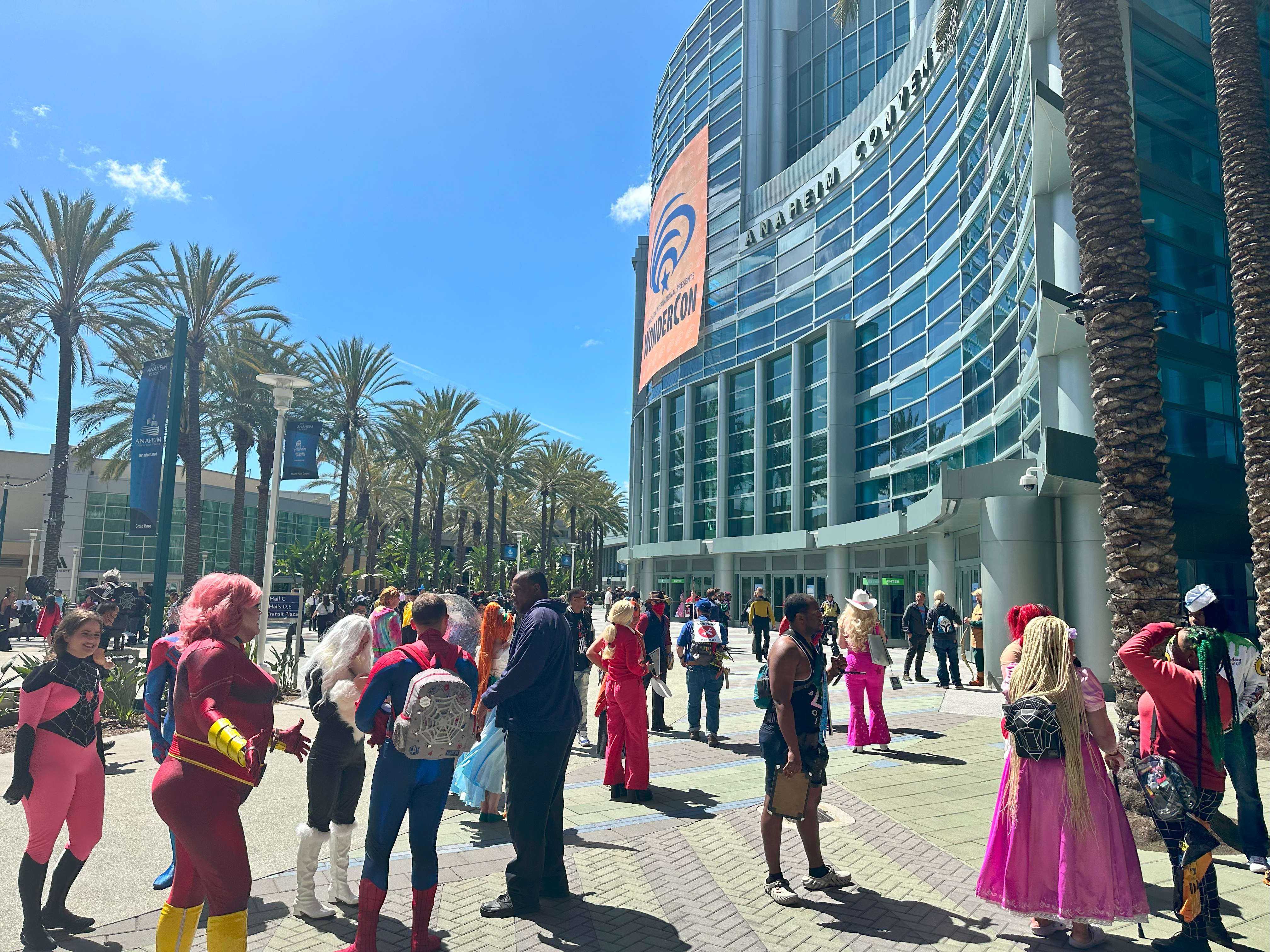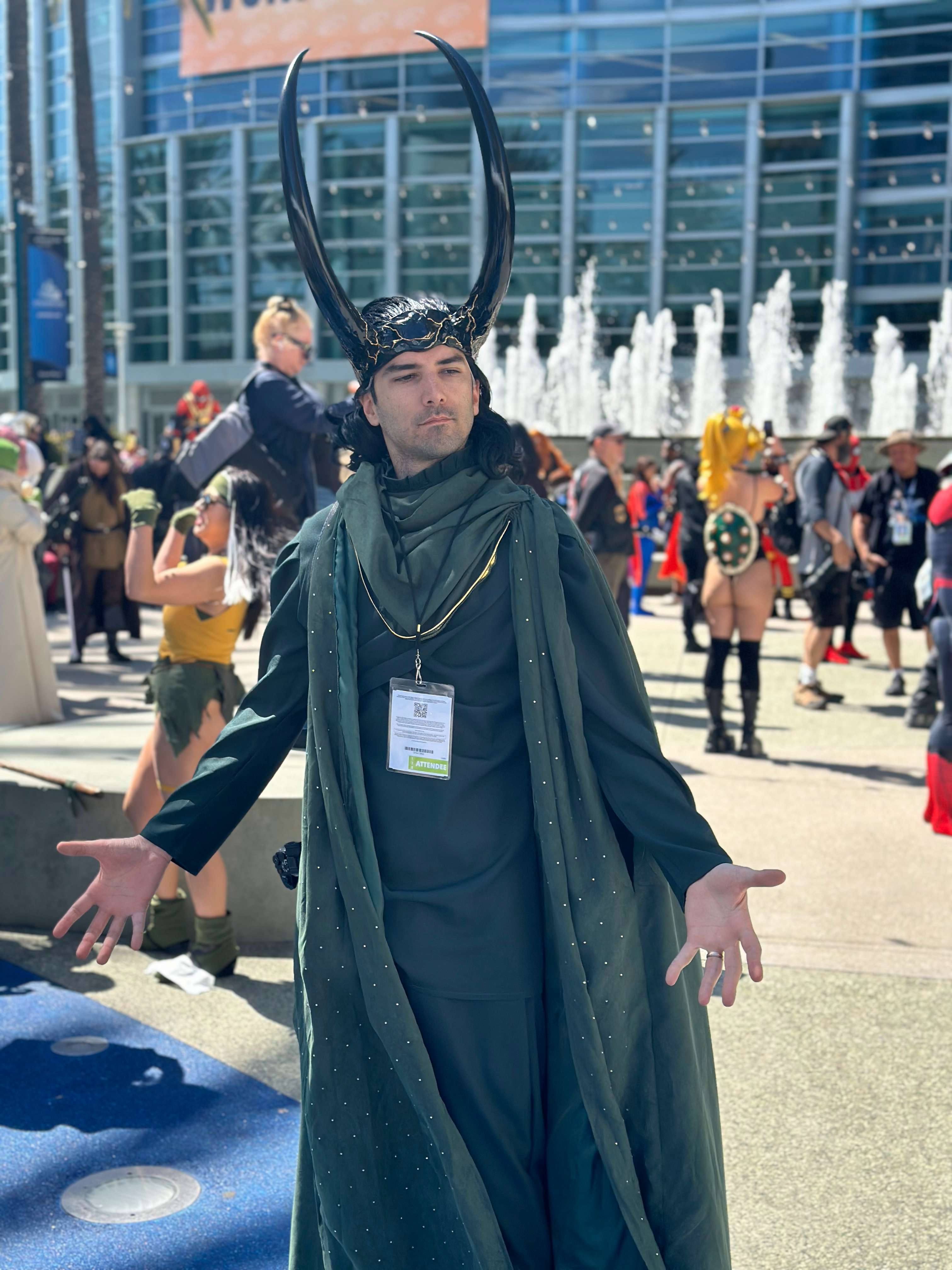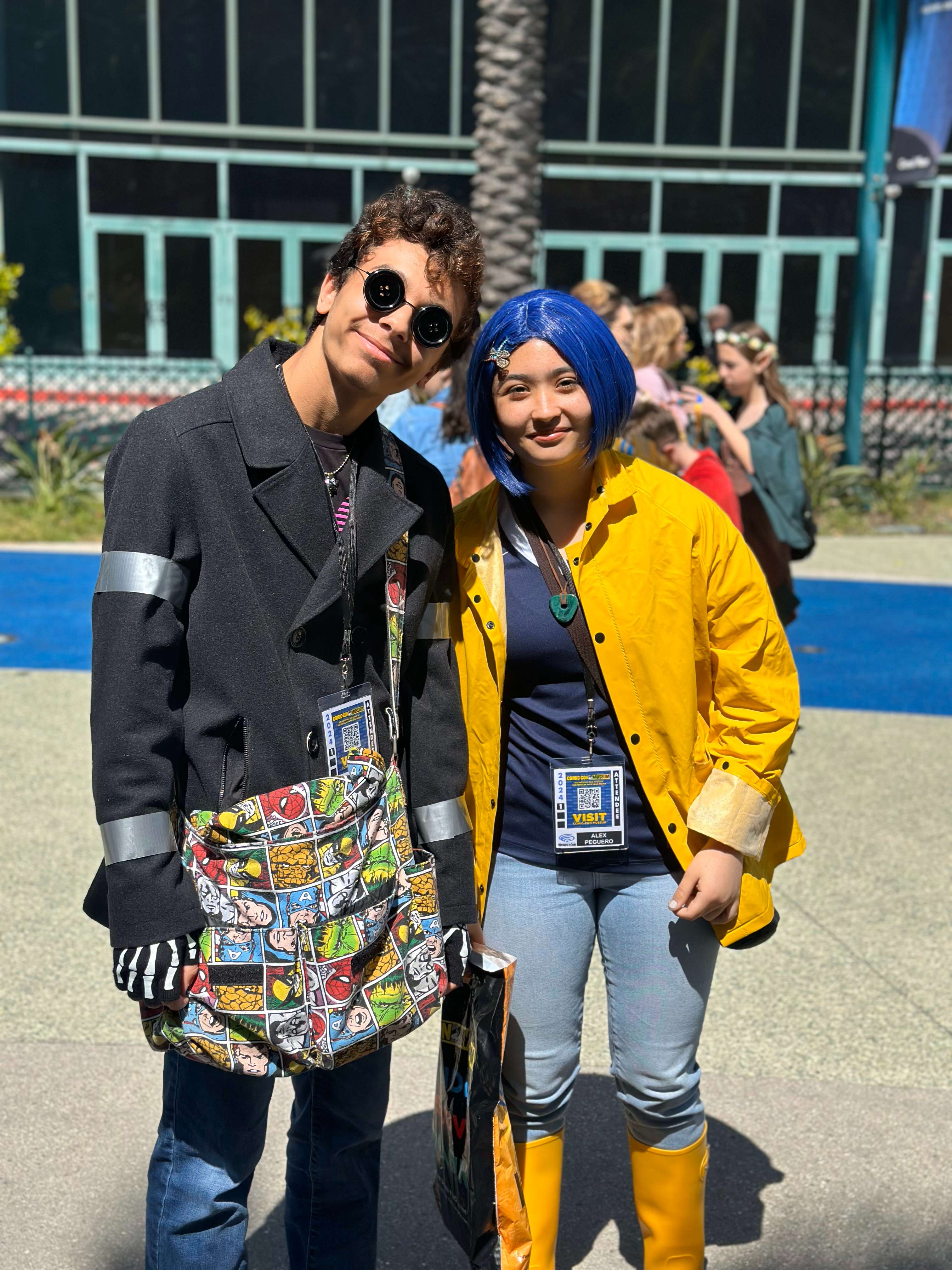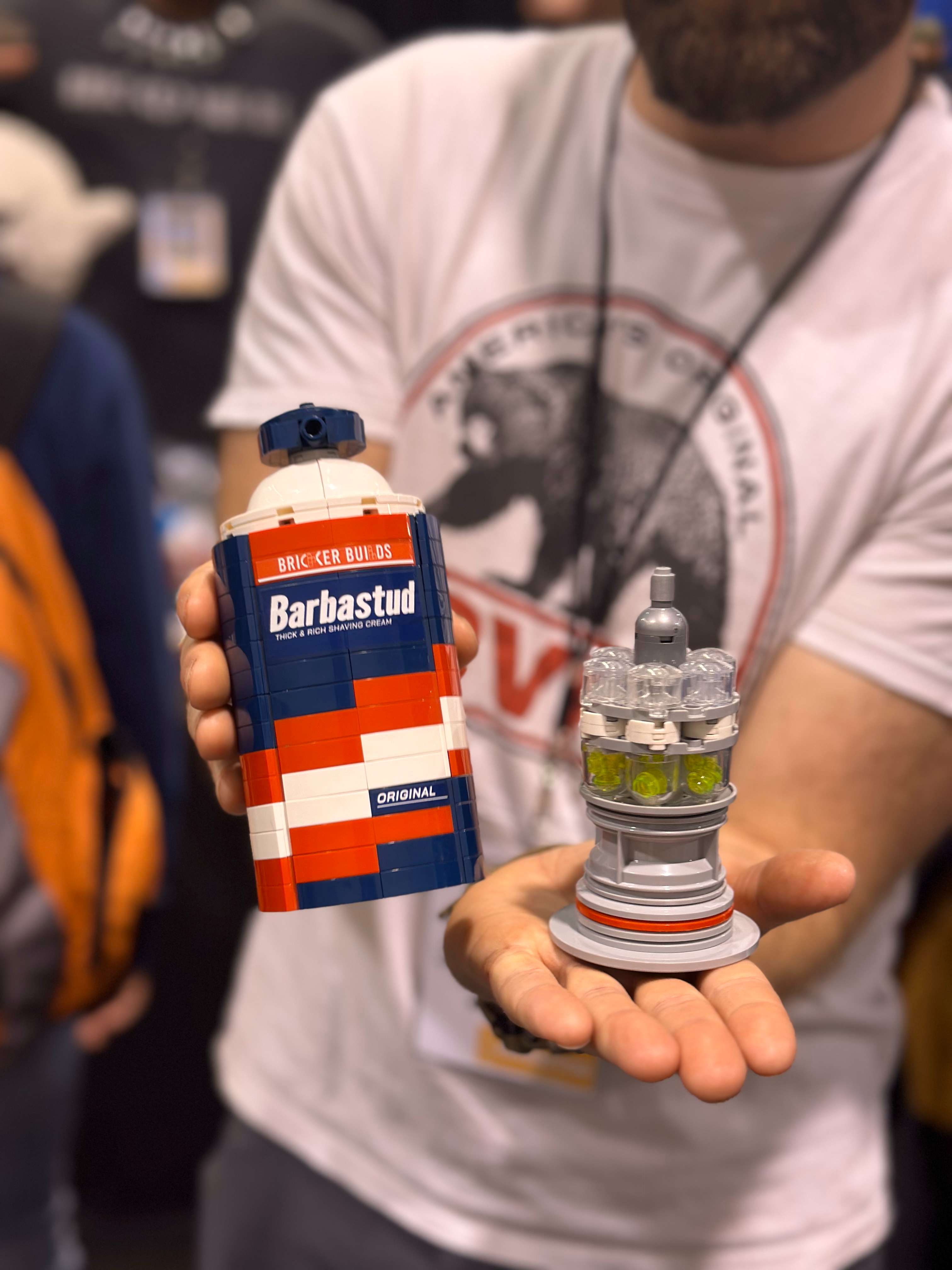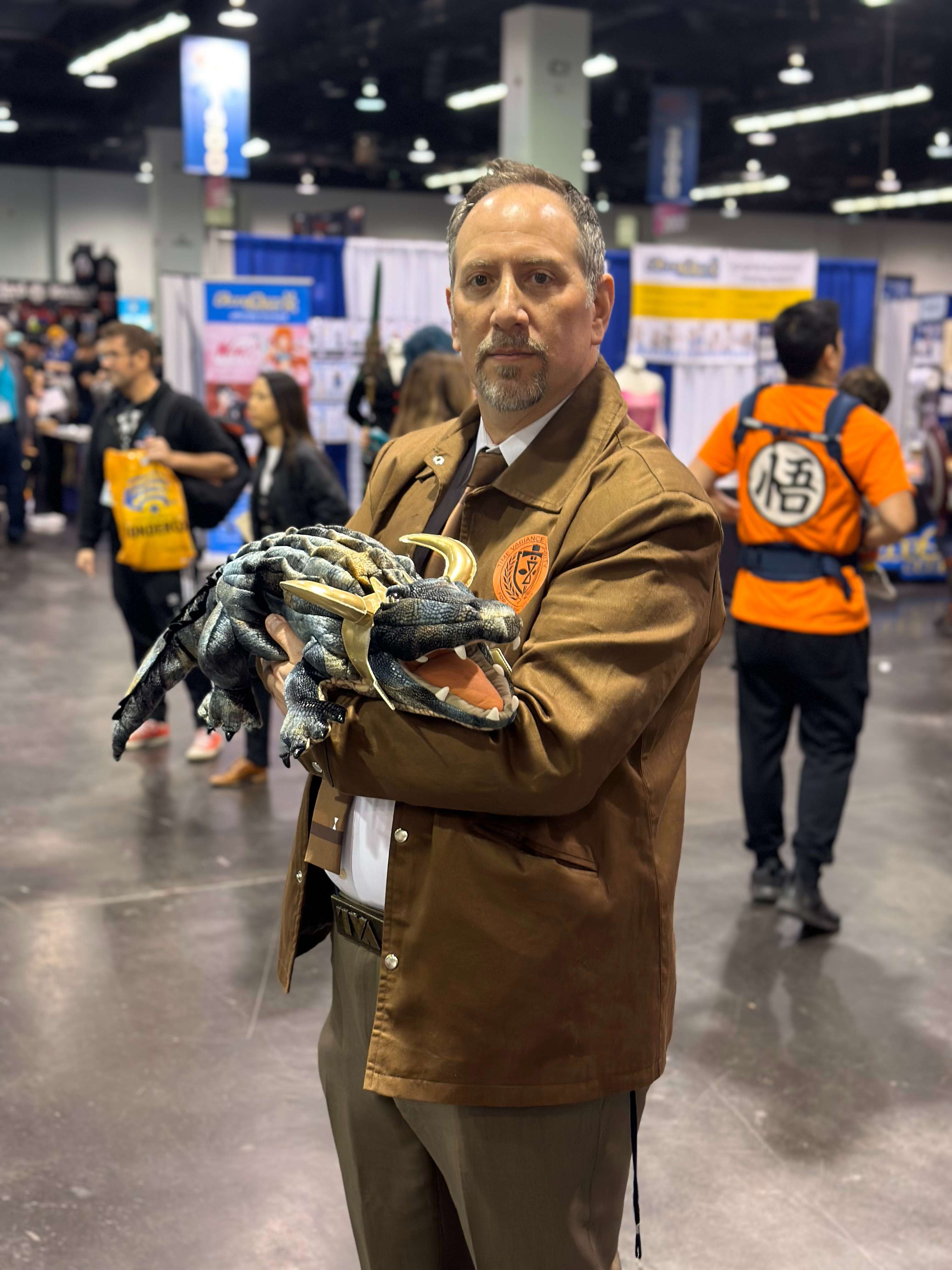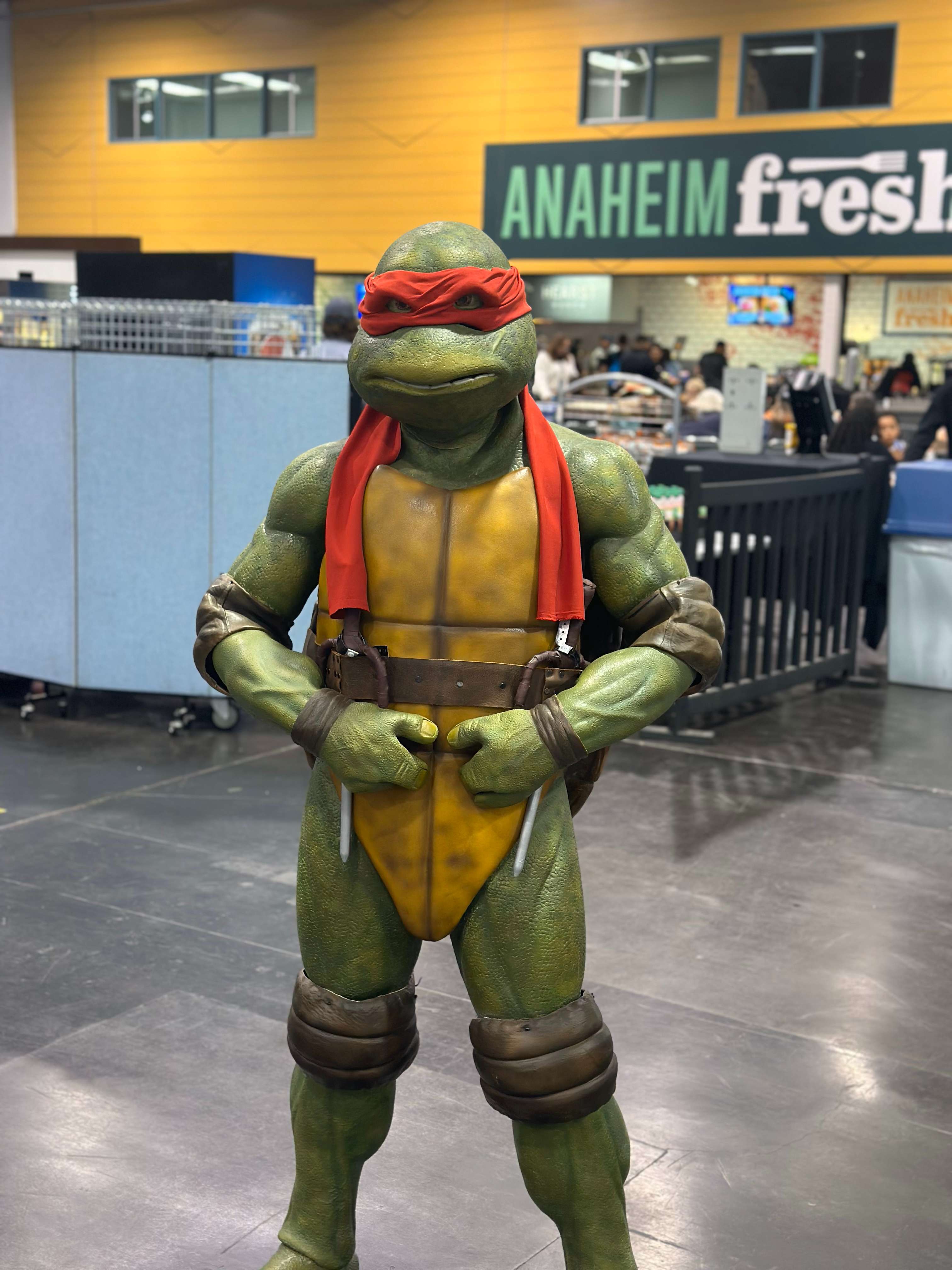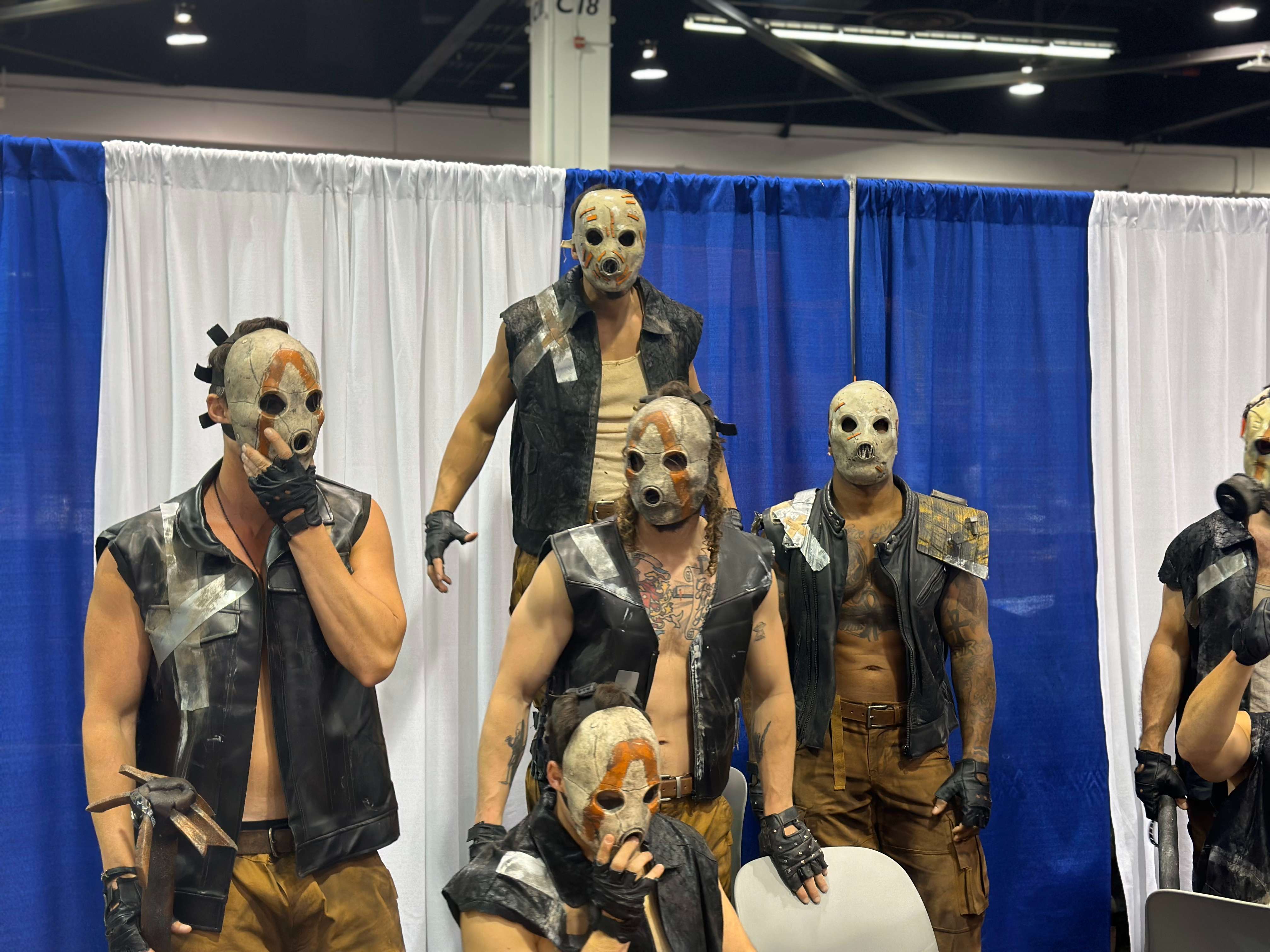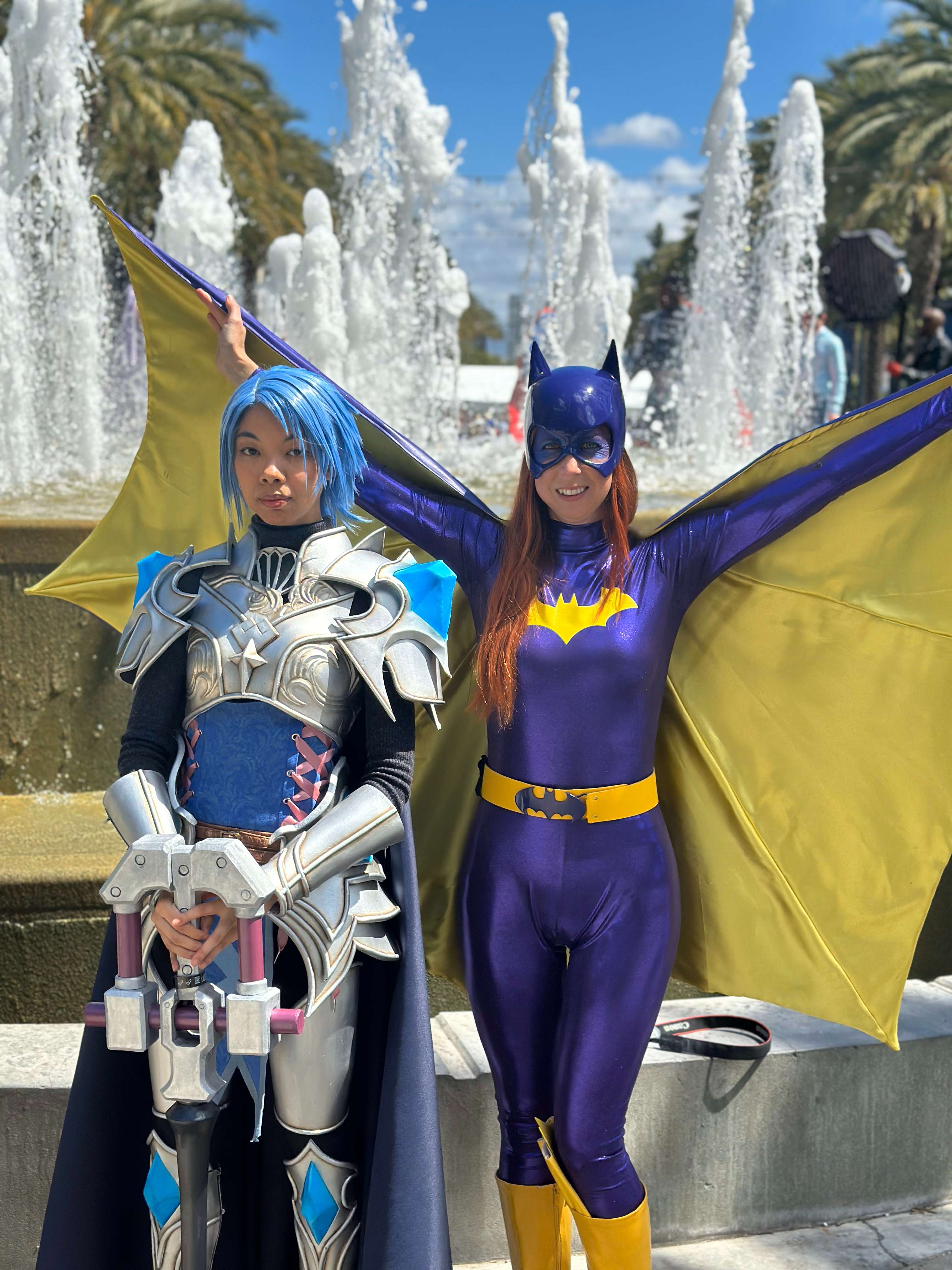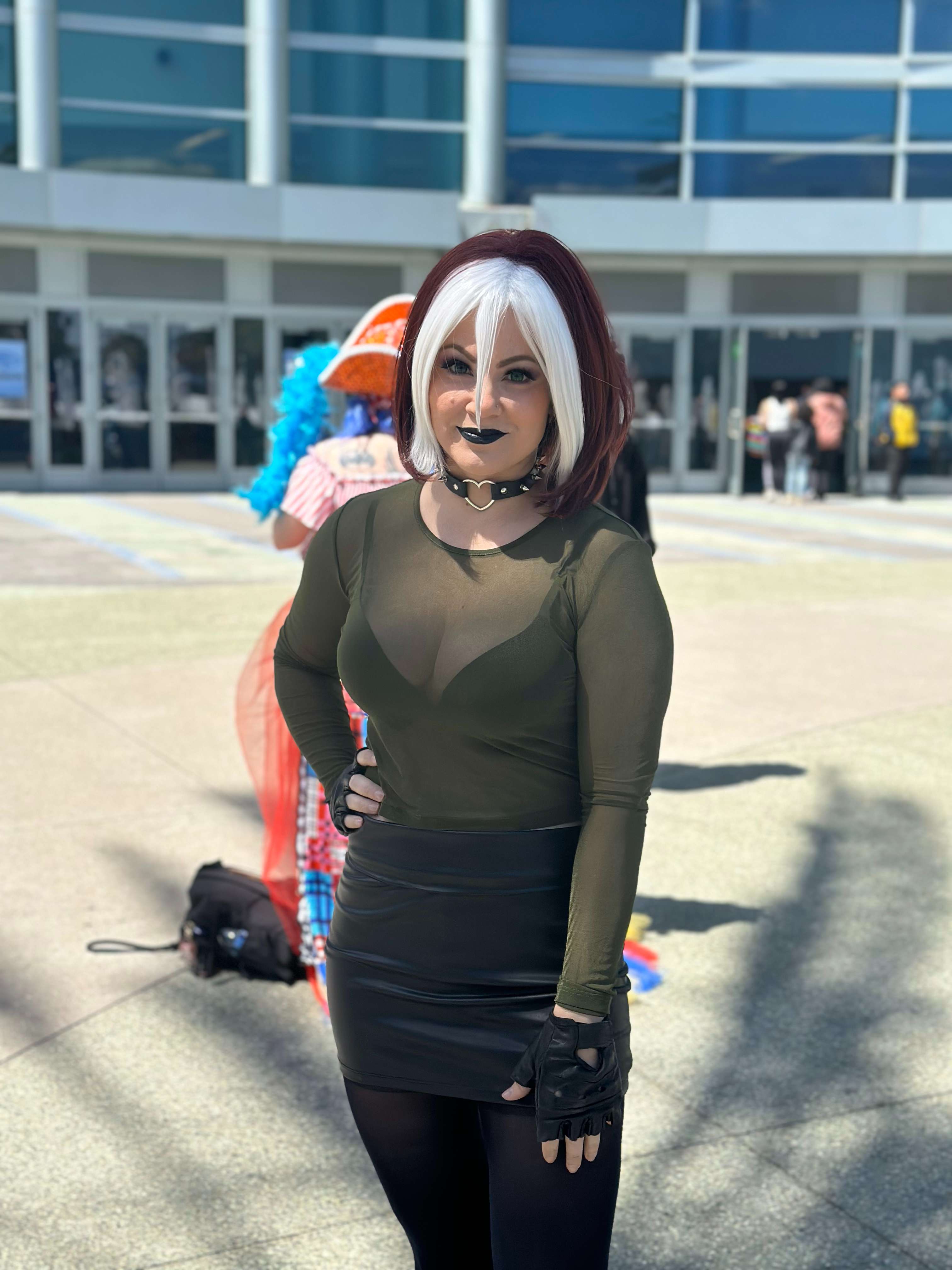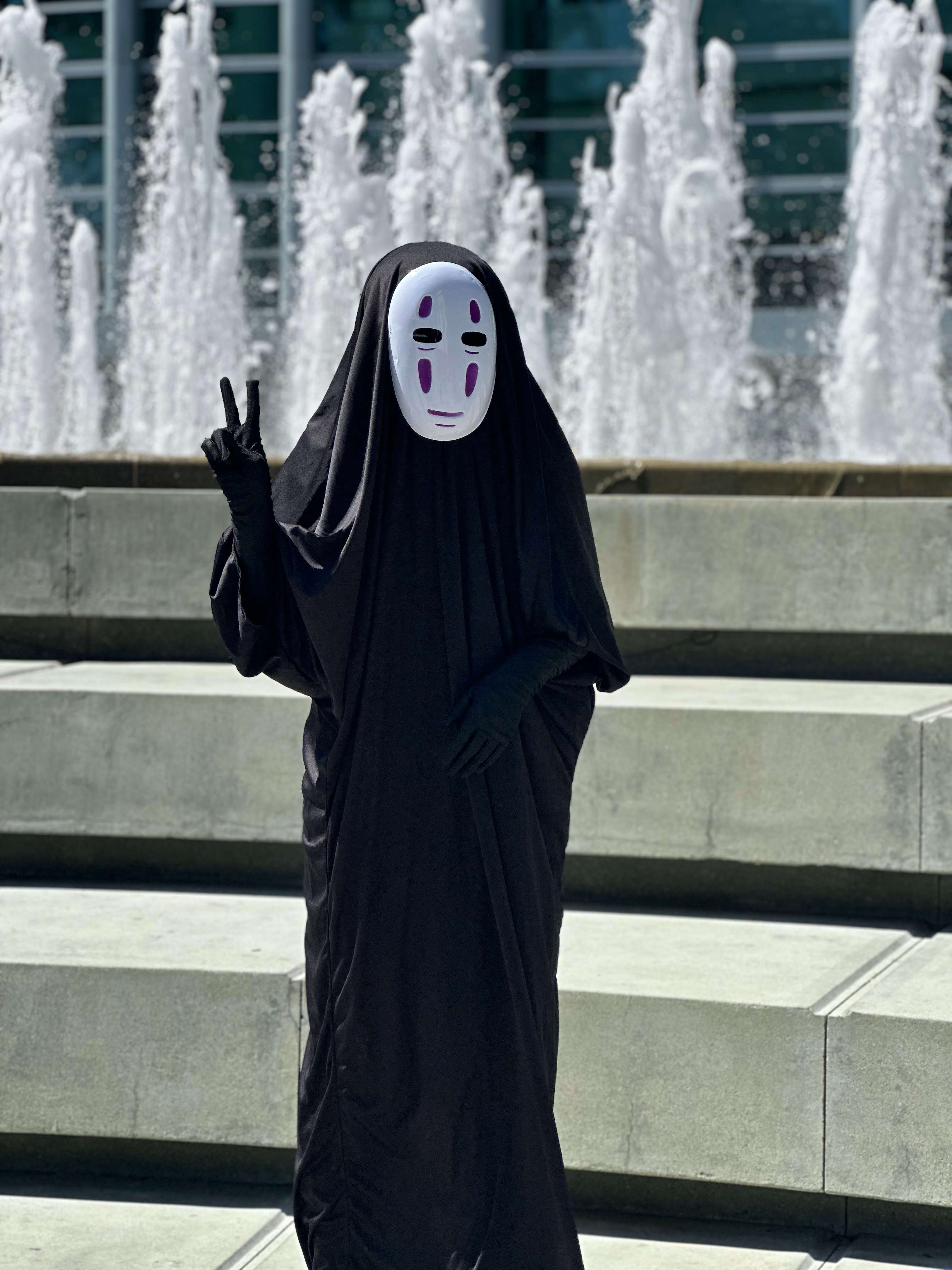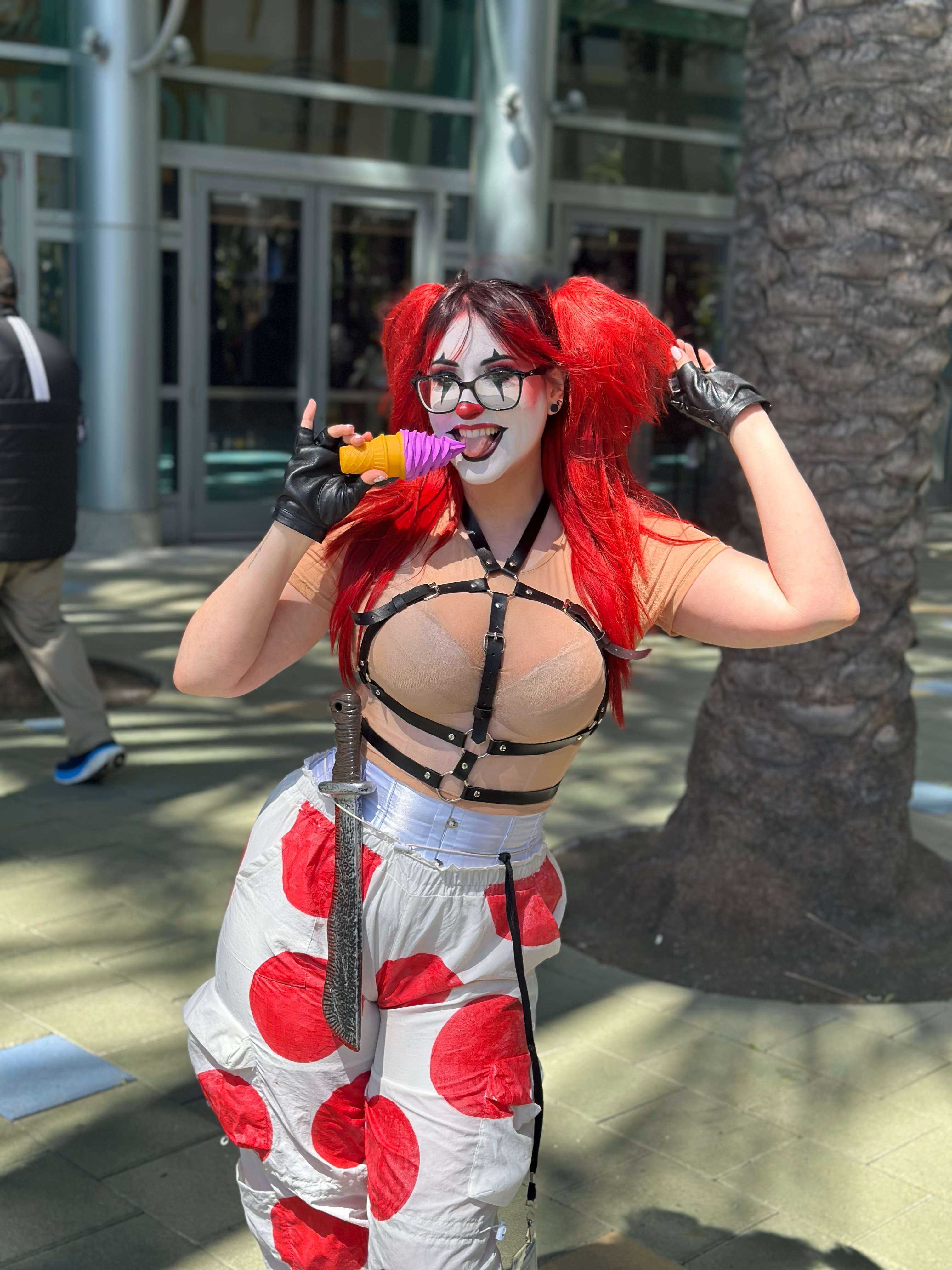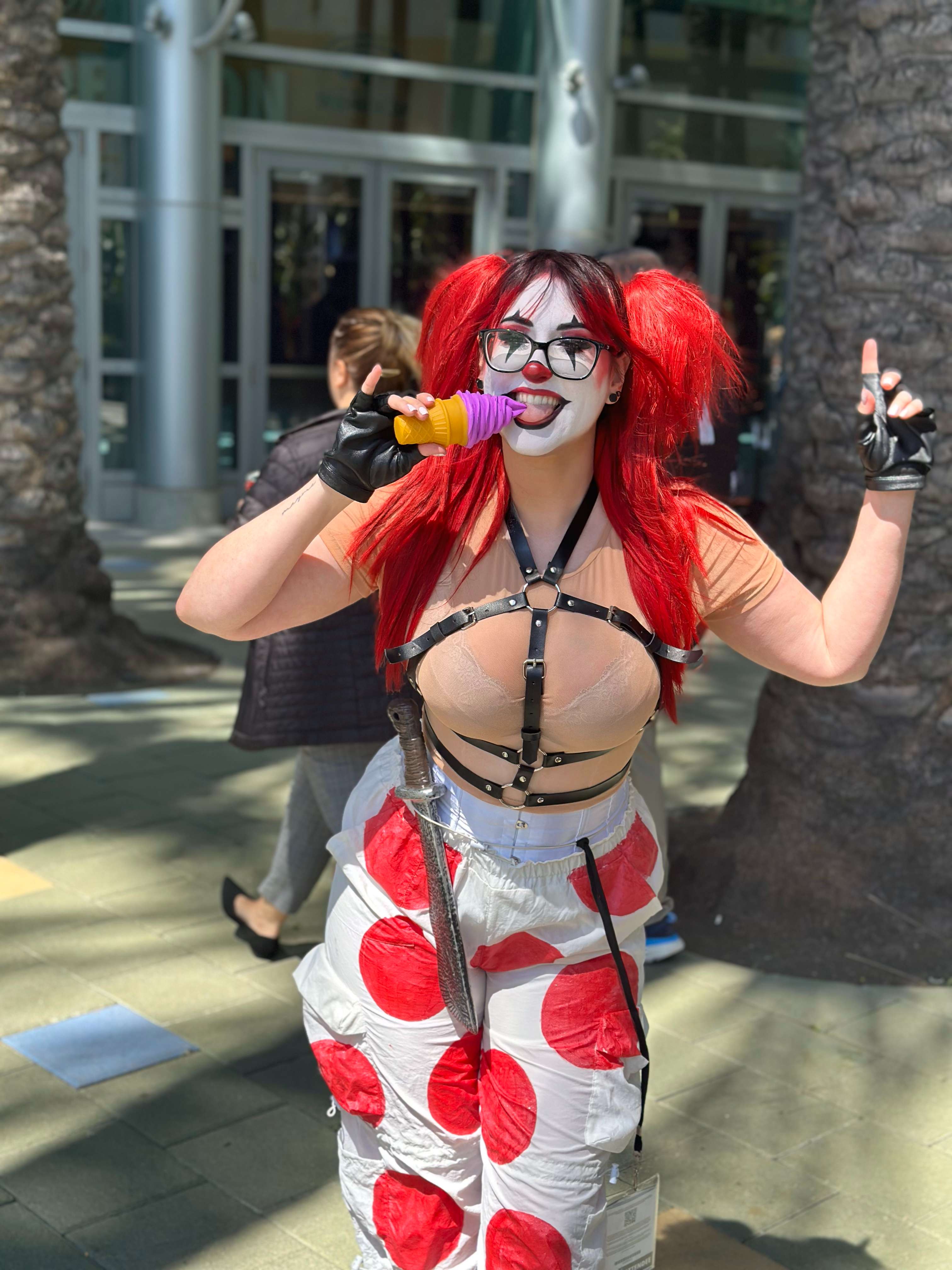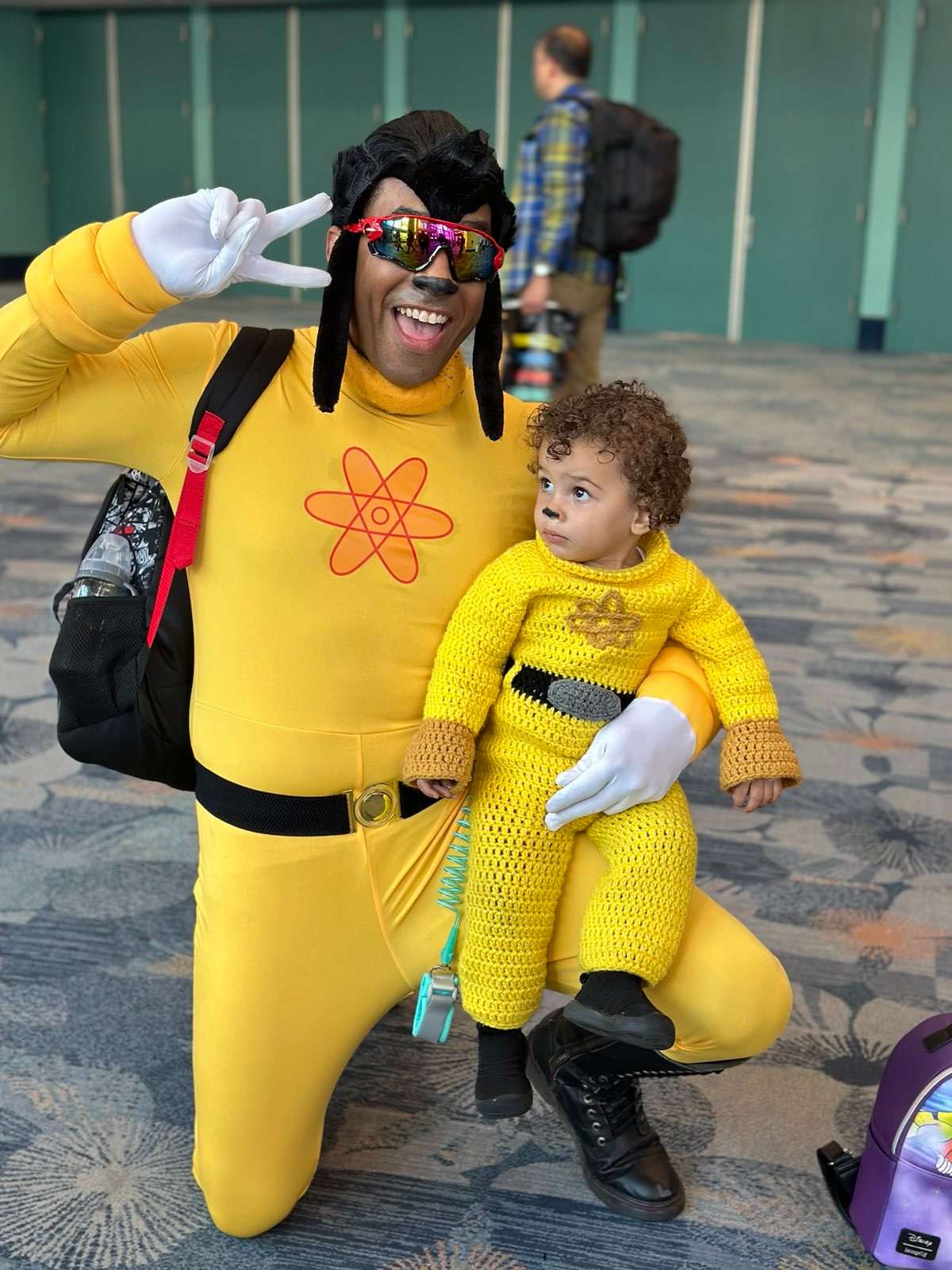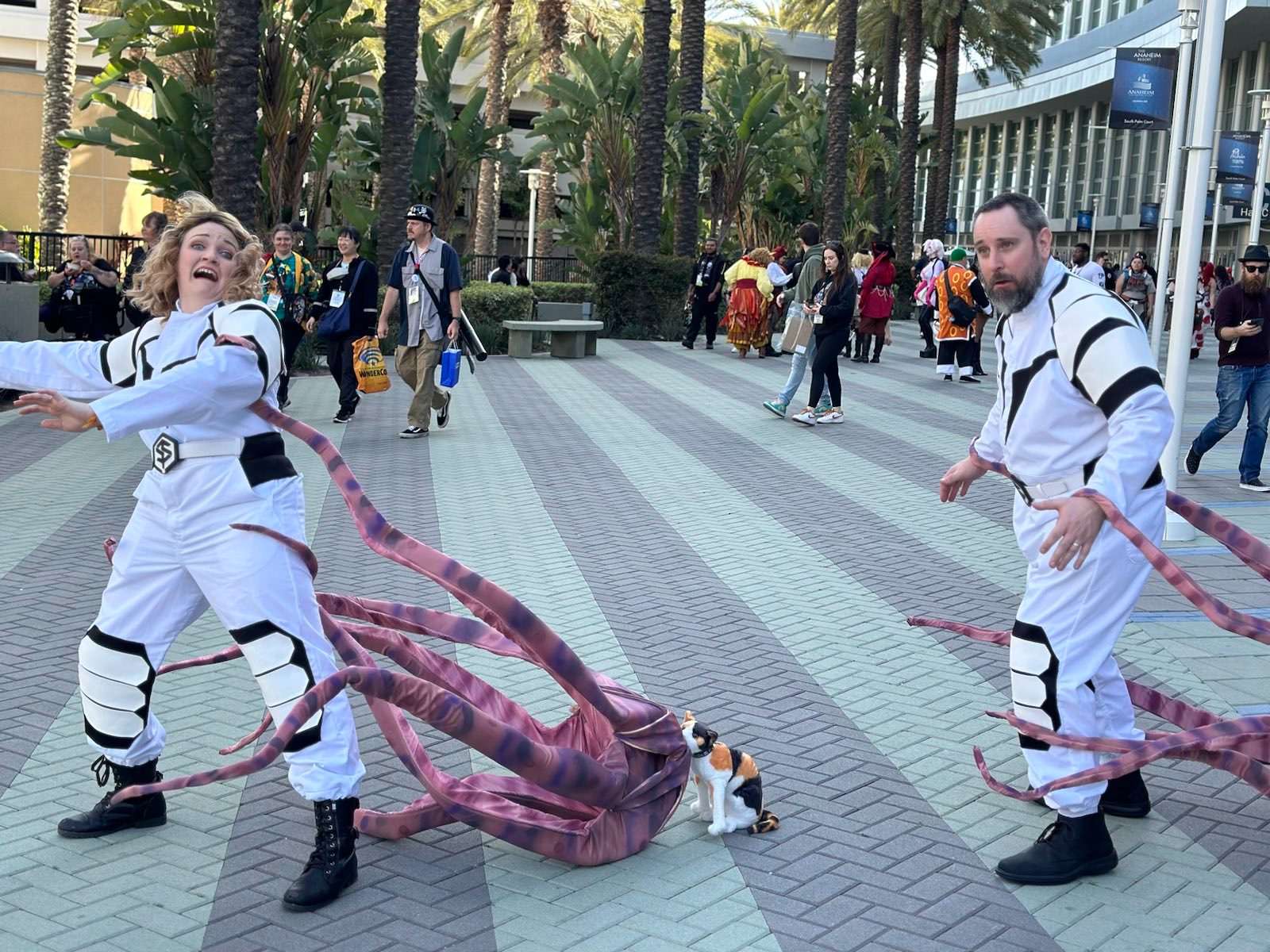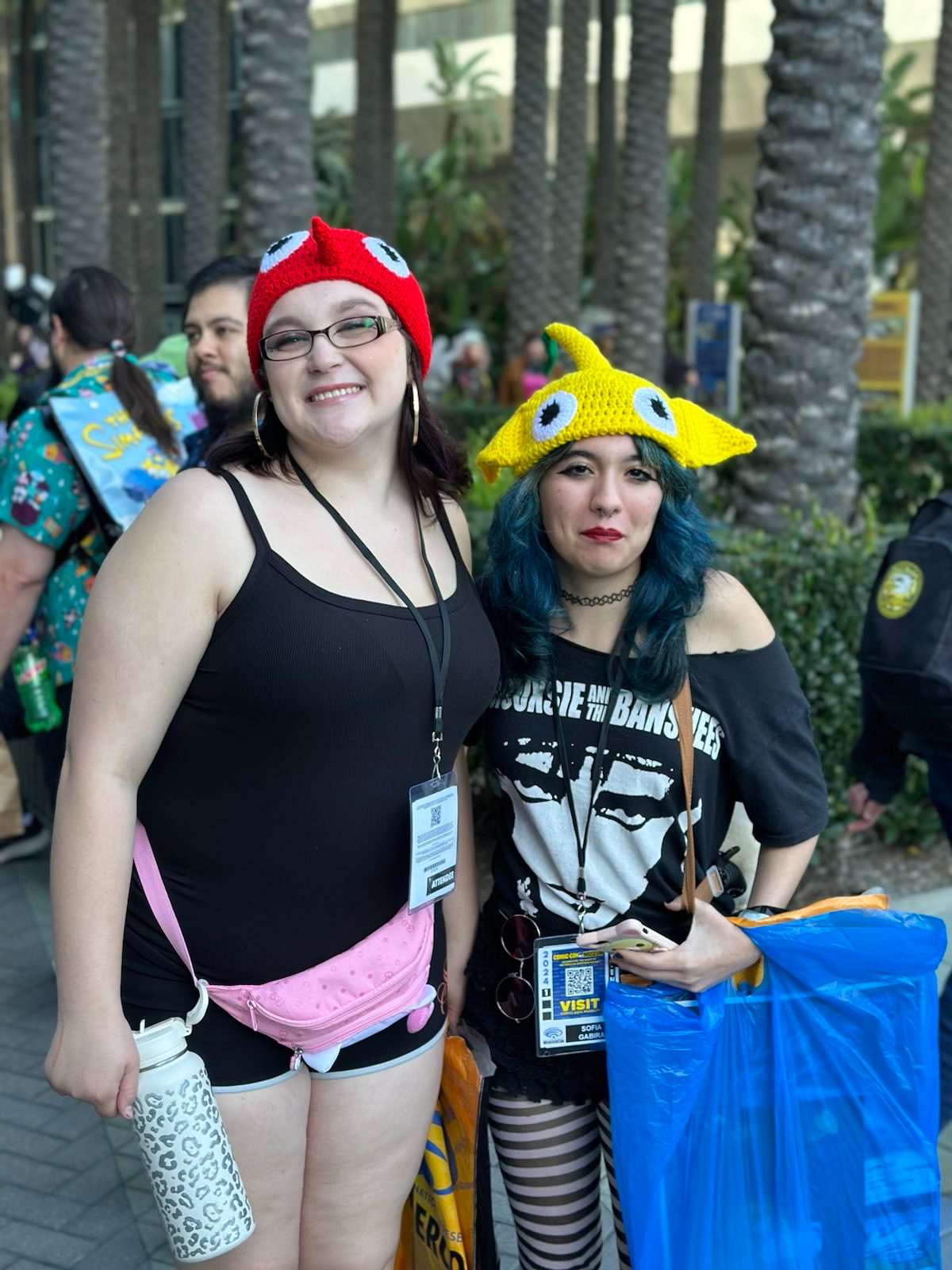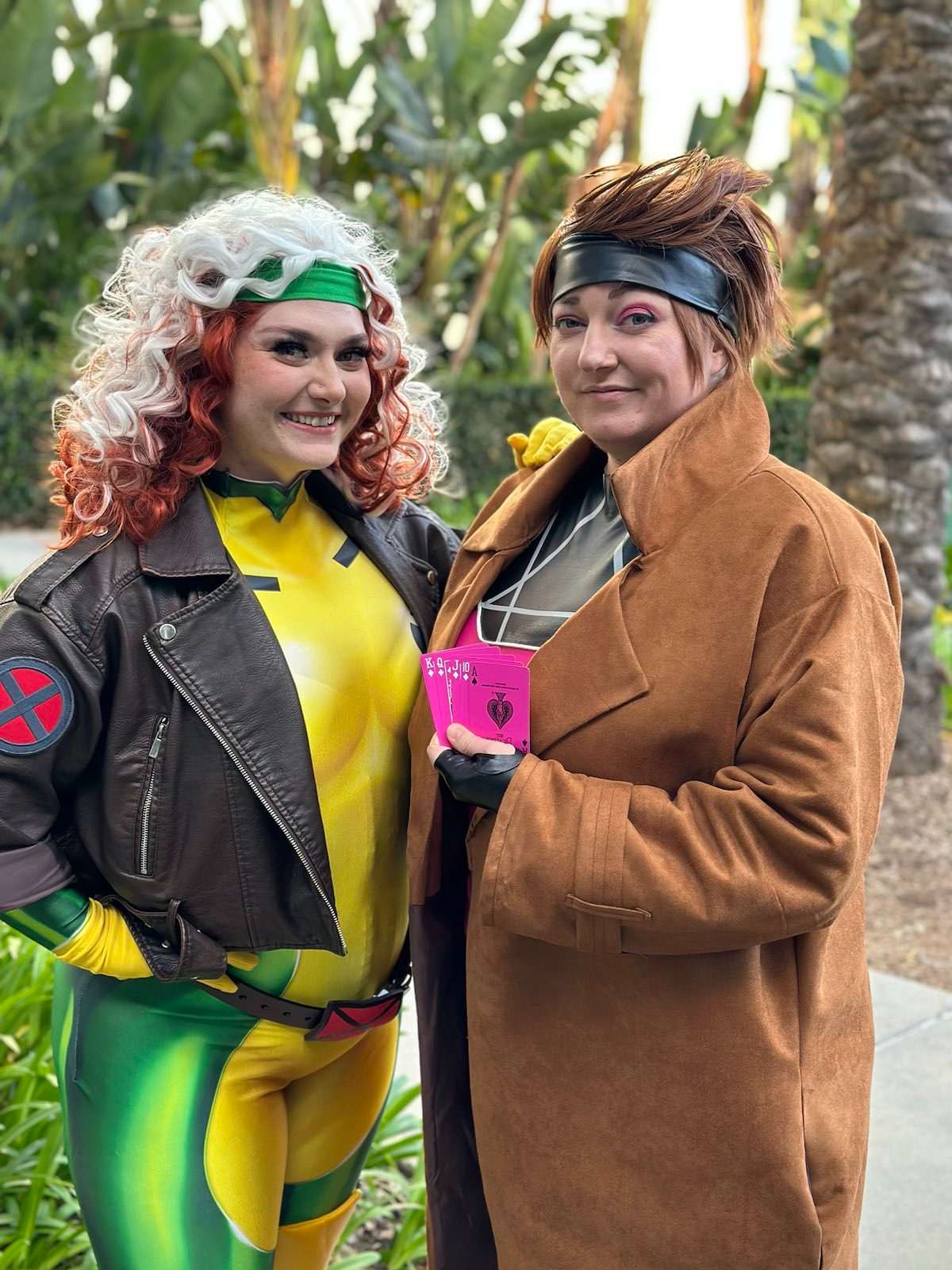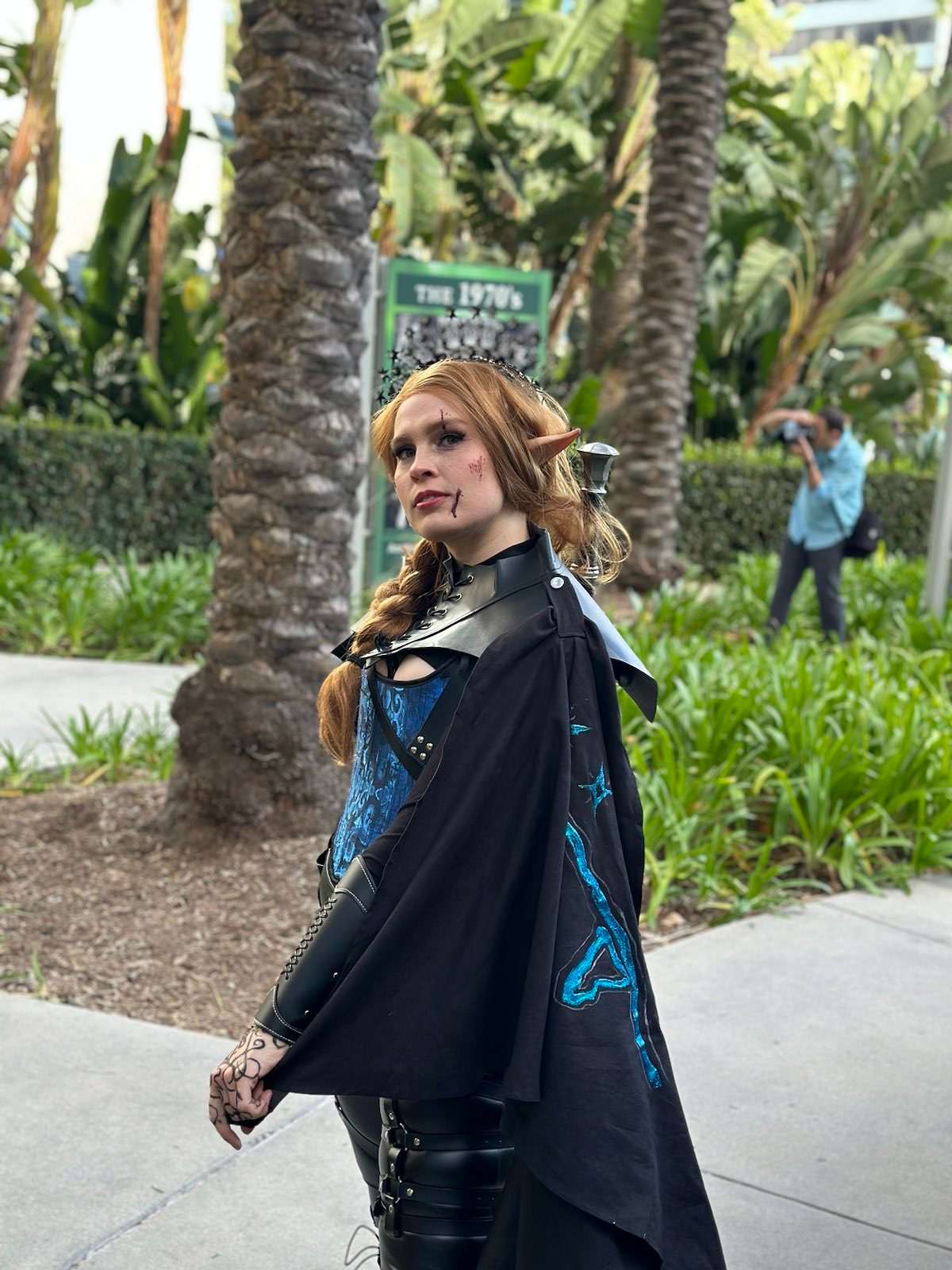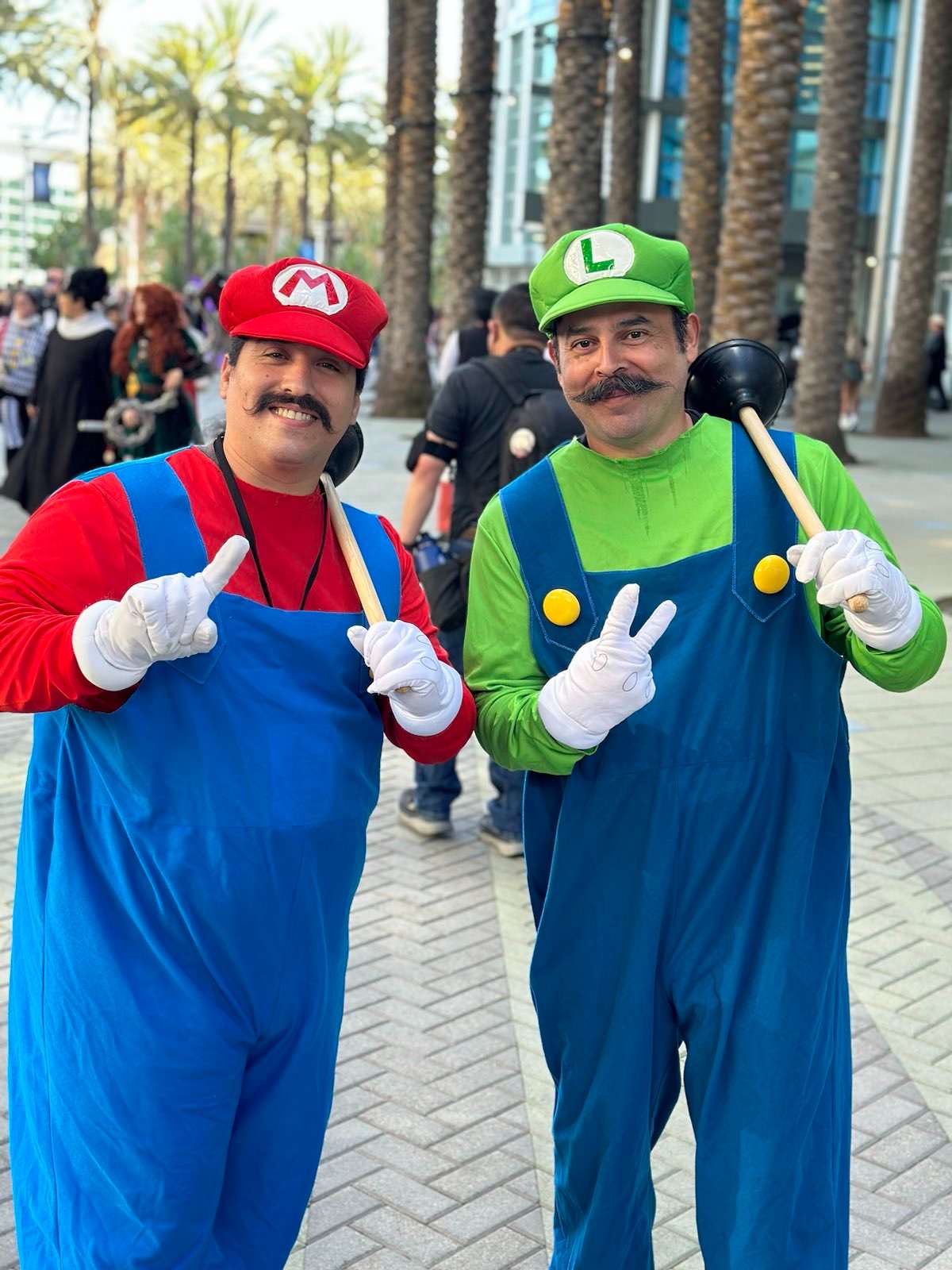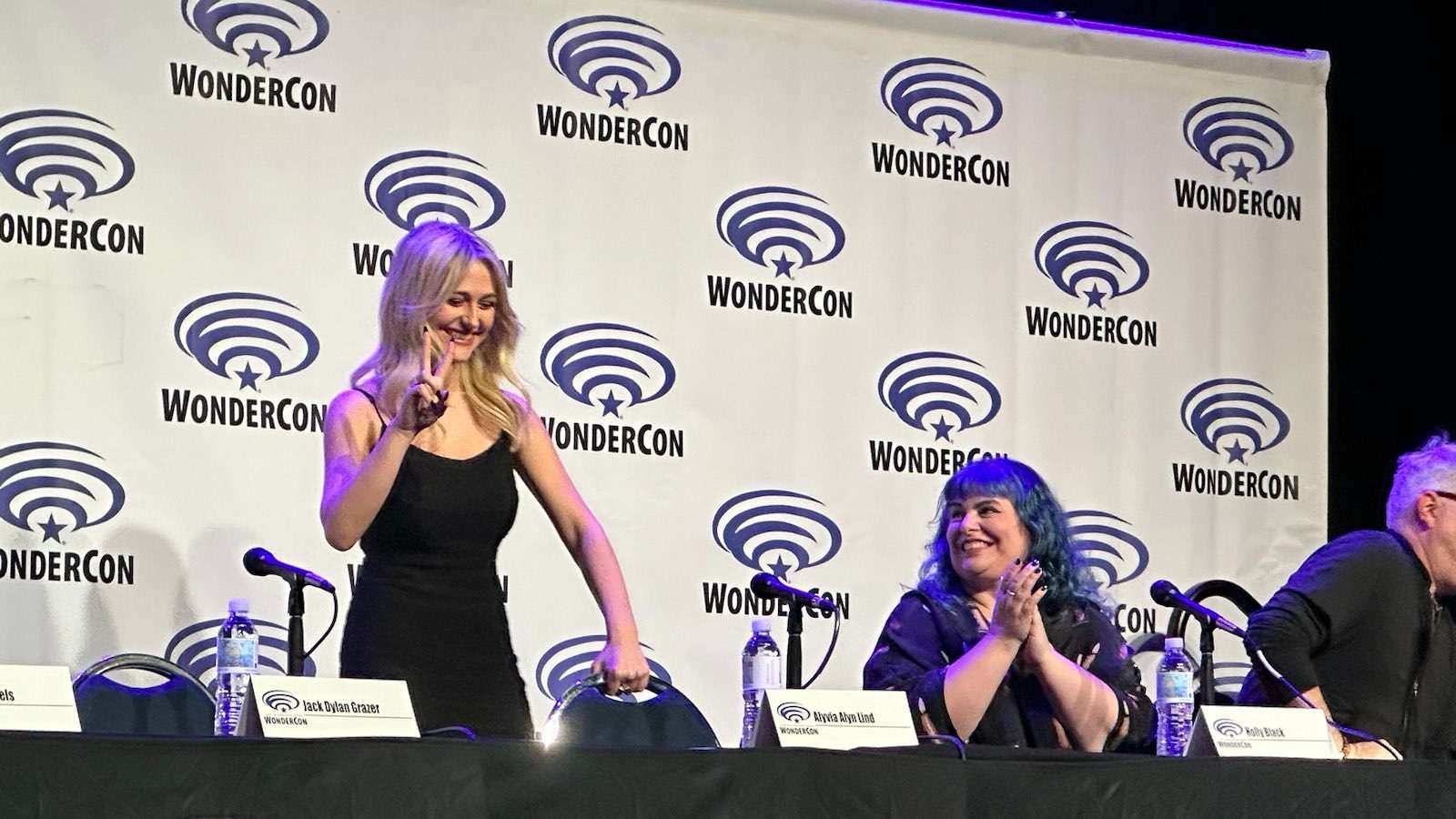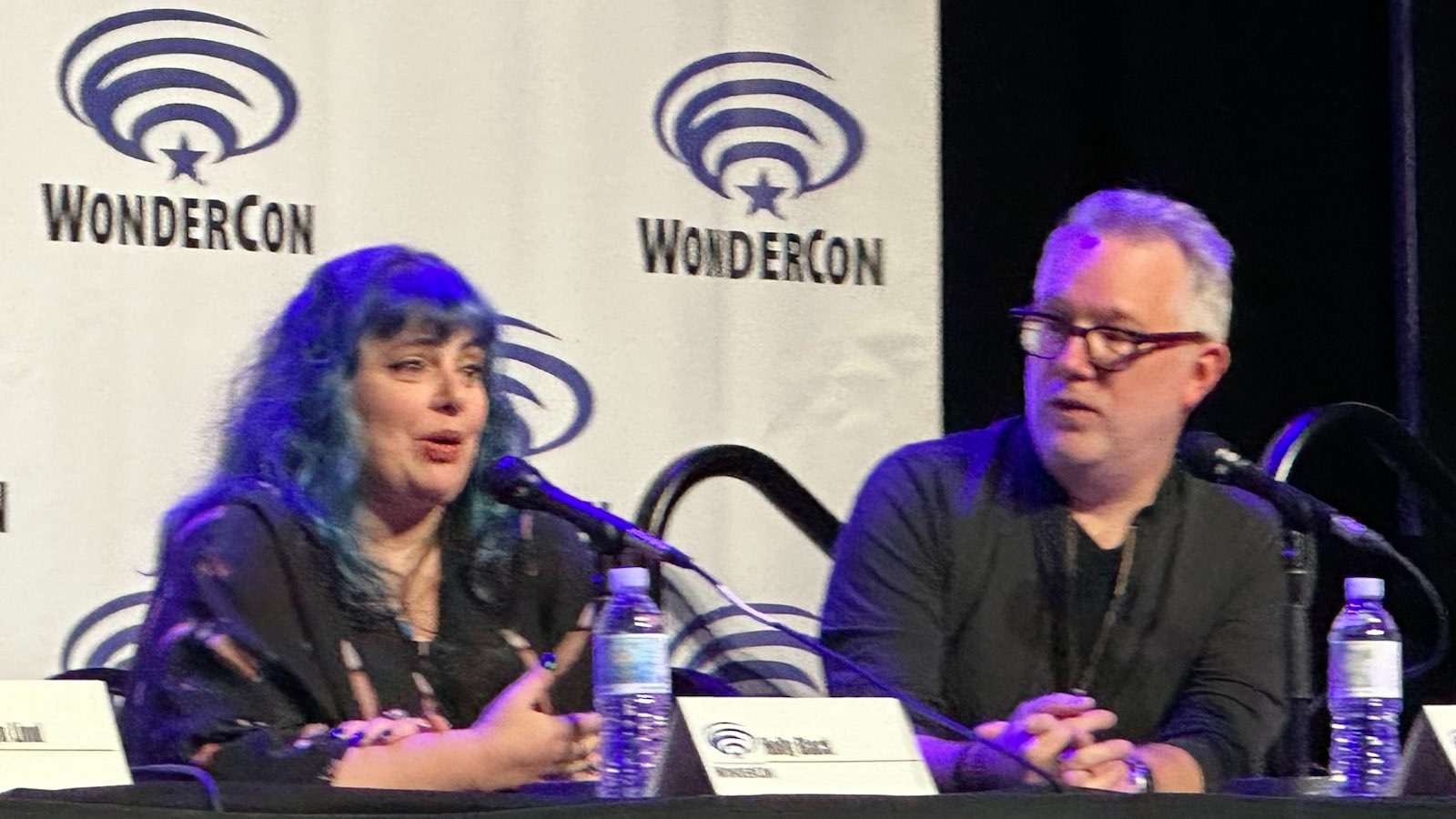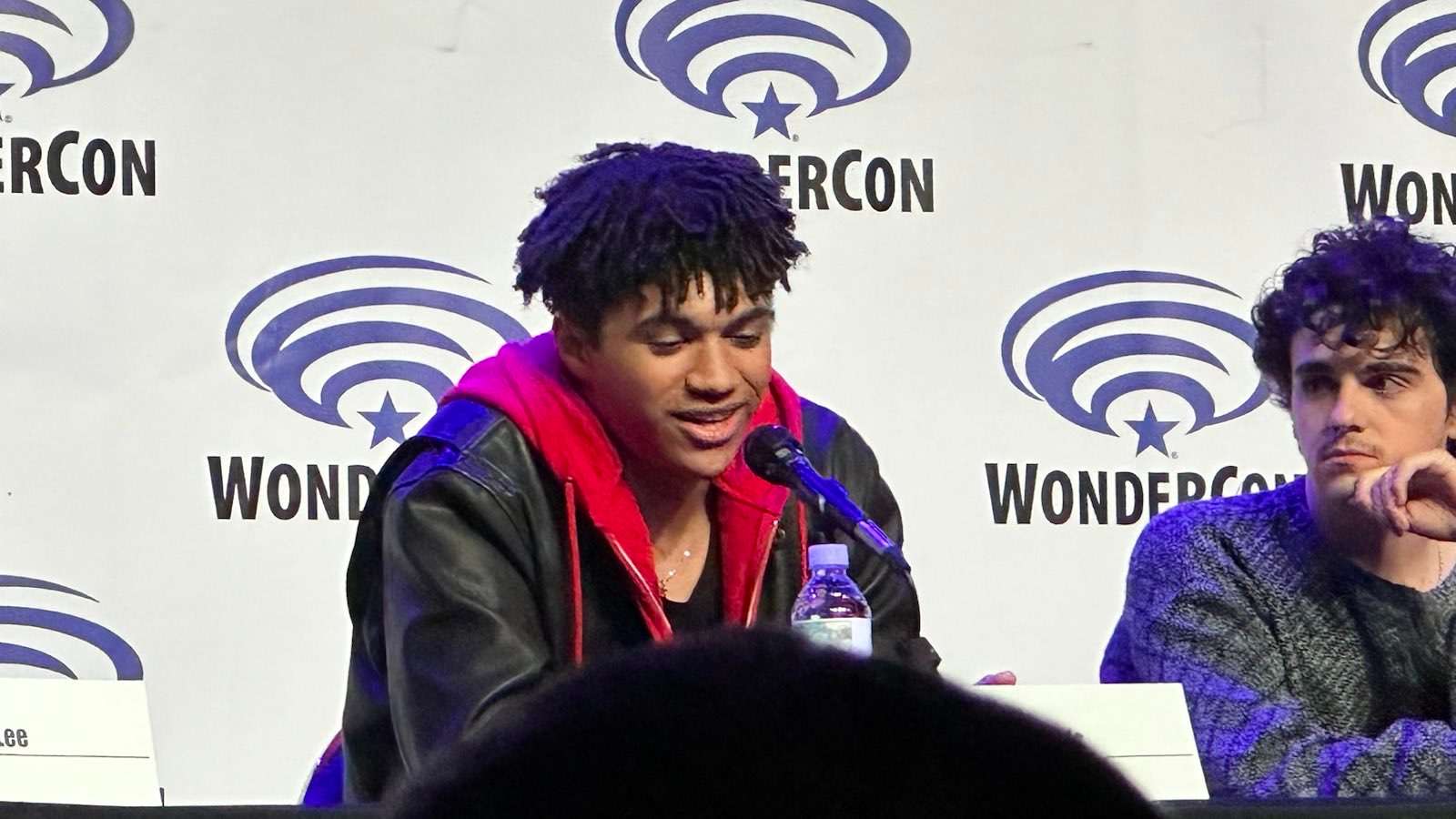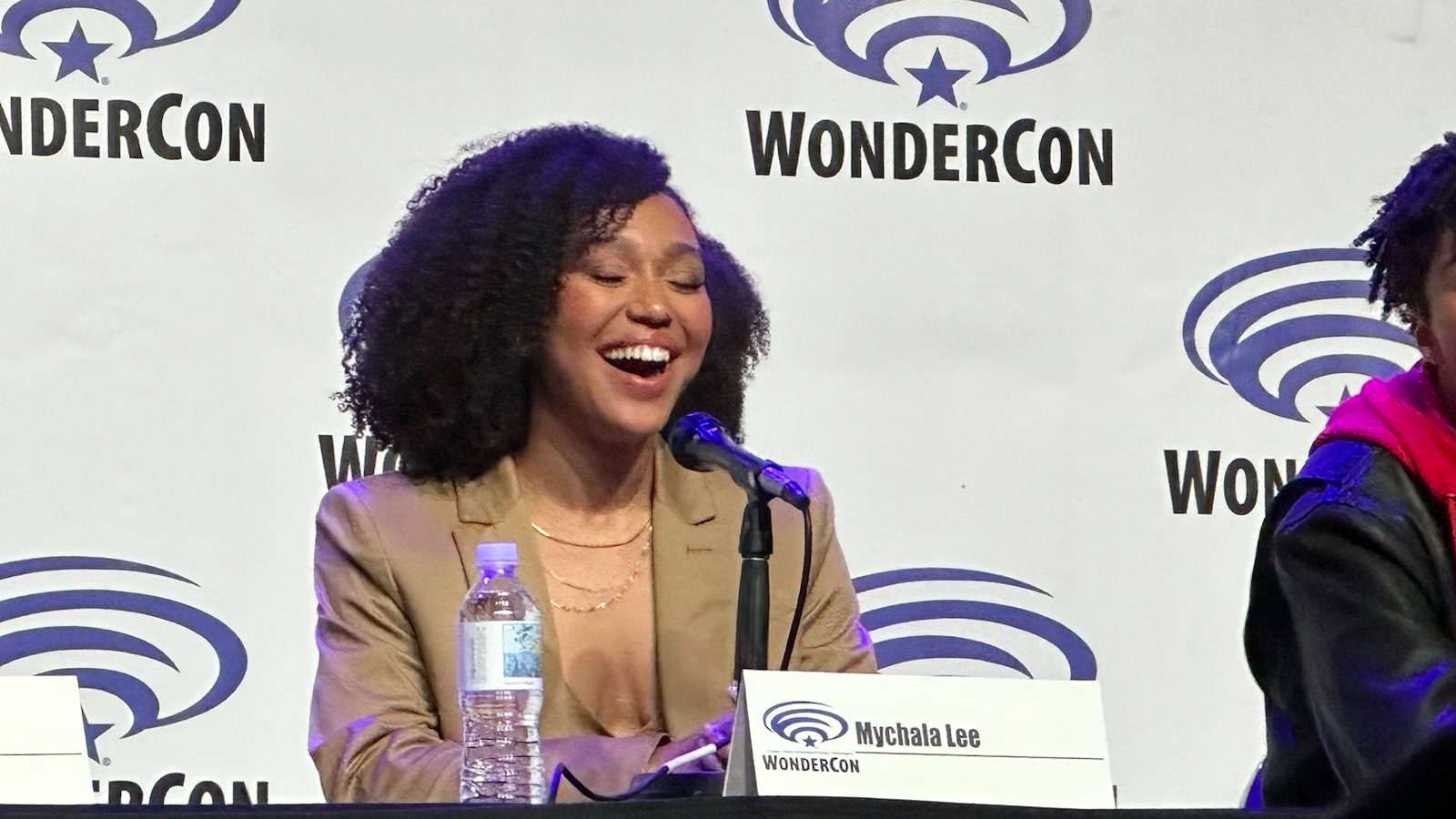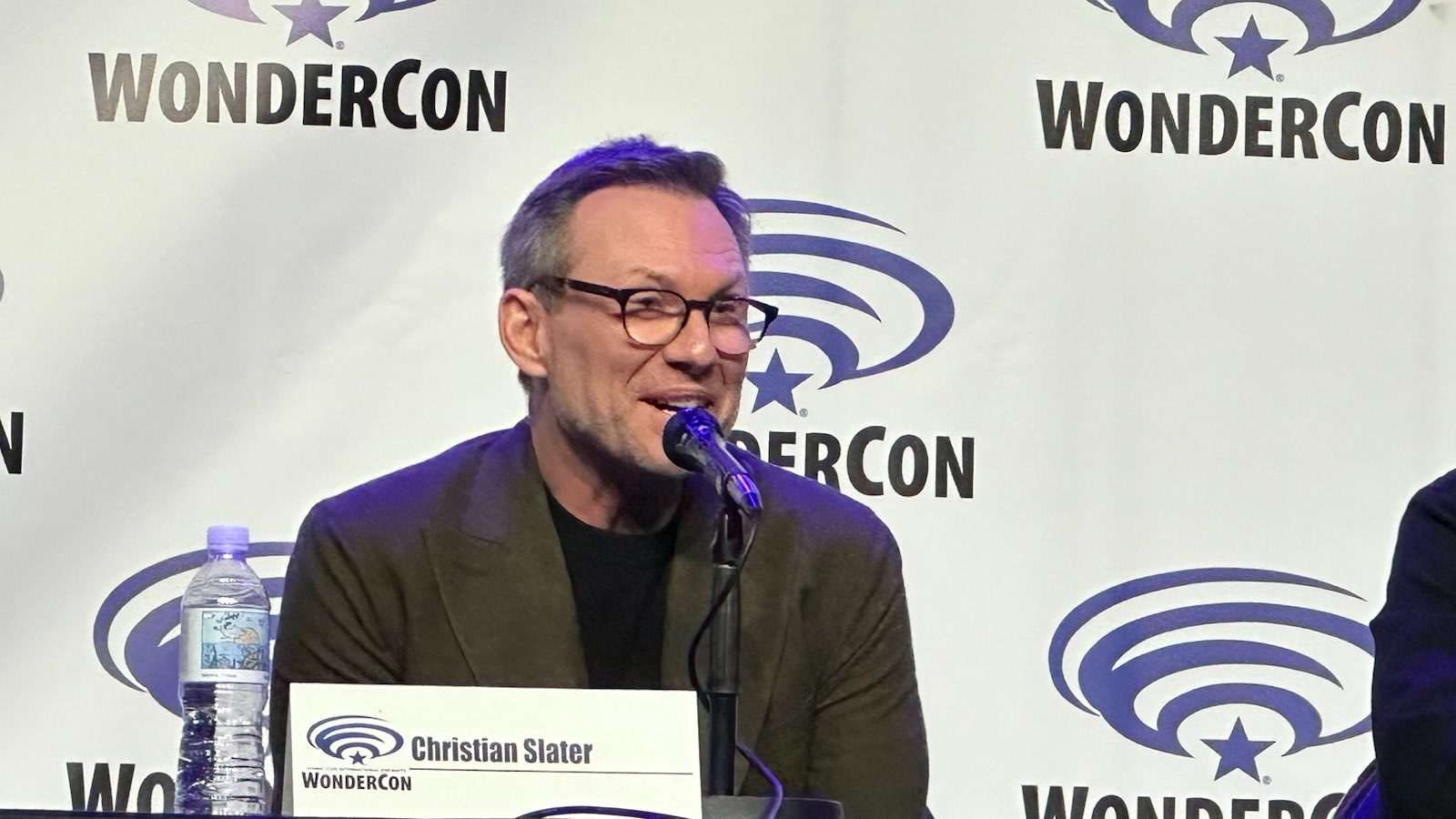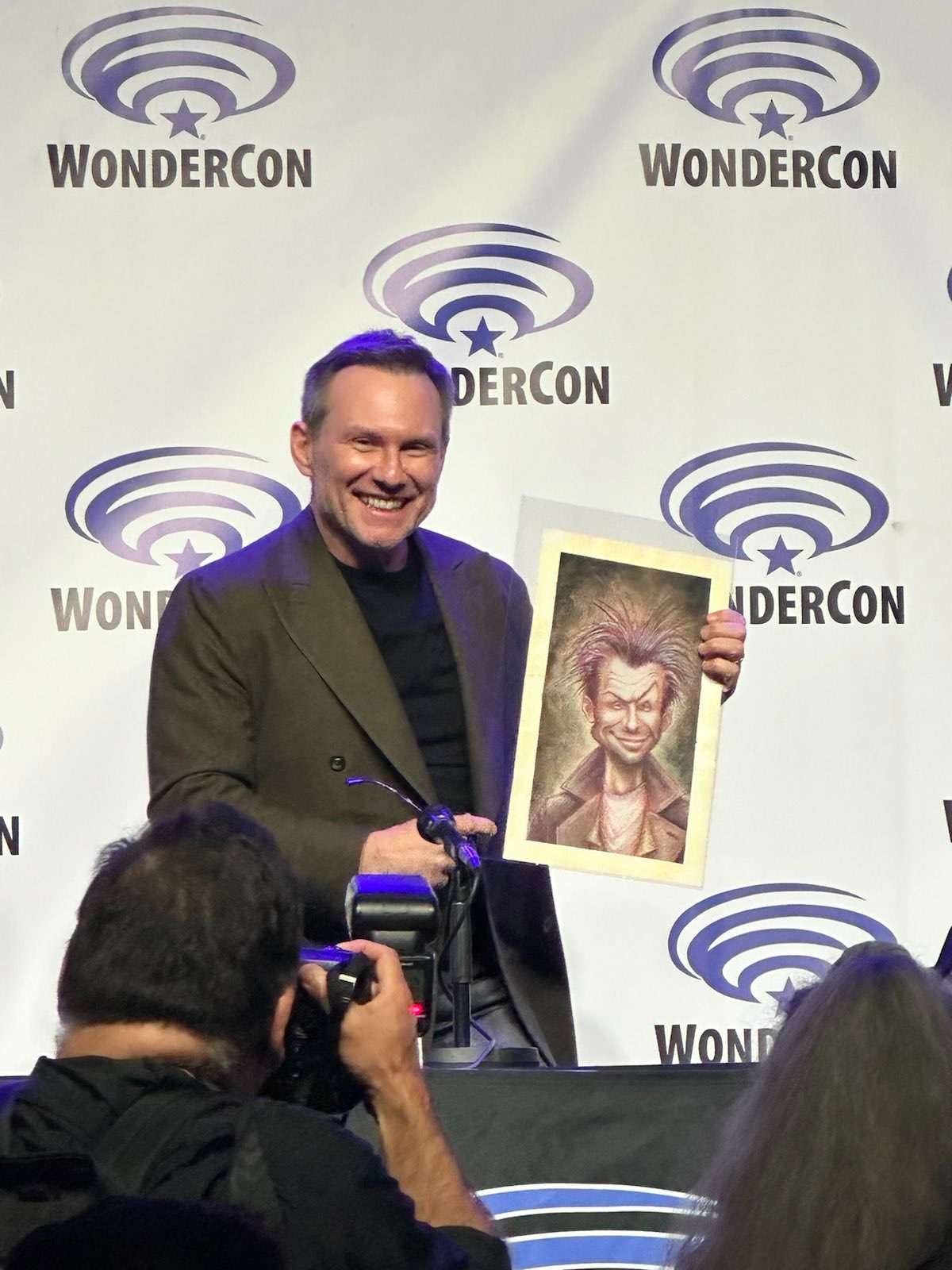Multi-award-winning actress, singer and dancer, Rita Moreno, blazed an iconic trail as the first mainstream Hispanic actress to grace Hollywood when she exploded onto the big screen as Anita in 1961’s classic film, West Side Story.
The role earned her an Oscar for Best Supporting Actress in a Motion Picture, crowning her the first Hispanic performer to ever win an Academy Award. But even after taking home Hollywood’s top prize, Moreno’s career started and stalled repeatedly throughout the 1960s as she fought to be cast in roles that didn’t box her in to antiquated stereotypes.
Though film roles for a leading lady of color were far and few between at the time, Rita Moreno turned her attention to television and music, taking home a Grammy Award in 1973 for Best Children’s Album during her stint on the popular children’s television program and, The Electric Company. Then came a Tony Award in 1975 for her work in the Broadway production of, The Ritz. Soon, two prime-time Emmy’s followed in 1977 and 1978. Moreno was hard at work establishing herself as a bonified triple threat. She cemented an indelible legacy as one of the world’s most versatile and talented performers.

One Day at a Time sills, Courtesy of Netflix
Throughout the ensuing decades, Moreno continued to take on roles on her own terms, proving her staying power for six decades. In the late 1990s and early 2000s, she played Sister Peter Marie Reimondo in HBO’s first original and groundbreaking dramatic series, OZ.

One Day at a Time sills, Courtesy of Netflix
Moreno currently stars as Abuelita Lydia Riera, the hilarious and spicy grandmother on the new incarnation of Norman Lear’s television creation, One Day at a Time, now streaming its third season on Netflix. The show’s official premise is, “Two Cultures, One Familia.” It’s an updated twist on the 1975 hit series starring Bonnie Franklin, Mackenzie Phillips, Valerie Bertinelli and Pat Harrington, but with a twist. The reboot centers around a Hispanic American family, no doubt Lear’s way of thumbing his nose at some of the more racist rhetoric flung through 2016’s presidential campaign.

One Day at a Time sills, Courtesy of Netflix
In 2014, Actor Morgan Freeman presented Moreno with the Screen Actor’s Guild Lifetime Achievement Award, calling her “a world class actress, singer and dancer,” and just as significantly, “a fighter, who battled to break free of racial and sexual barriers that plagued Hollywood’s golden age.” Before there was Rosie Perez, Salma Hyek or Jennifer Lopez, there was the inimitable Rita Moreno.

One Day at a Time sills, Courtesy of Netflix
Recently, Moreno got the call from Steven Spielberg, for a forthcoming remake of the film that made her an icon, West Side Story. Moreno will play a role in the film as well as Executive Produce. I recently sat down with Rita Moreno to discuss her one-of-a-kind career and journey.
TME: When you won your Best Supporting Actress Oscar in 1962 for the film, West Side Story, you thought you would then transcend racial stereotypes with the parts you would be offered.
Rita Moreno: And I was very disappointed (laughs). Not only disappointed, but it really, really broke my heart.
TME: I feel you. I’ve experienced it as a journalist, not in terms of ethnic discrimination, but the bewilderment of hitting a peak and then stalling. Your famous quote about this phase of your career was, “I showed them. I didn’t work for seven years.”
RM: When I say, “I showed them,” of course, I’m being facetious.
TME: Of course. And in this business, it’s very hard to turn down work. Writers write, Actors act, etc. It’s what you do, and you crave it.
RM: Not only crave it. It pays the rent.
TME: Yeah, and then there’s that! (Laughs) Any regrets about taking that stance?
RM: I think it was a very good decision on my part, because the only thing that was being offered, really, were gang movies, and they certainly weren’t as interesting as West Side Story. I think it would have depressed the heck out of me to go back to that stuff. It paid off in the sense that I had peace of mind and I didn’t feel like I was being insulted.
TME: Let’s talk about the amazing Norman Lear and the One Day at a Time reboot on Netflix you’re starring in.
RM: Isn’t he something?!
TME: I think he is a genius!
RM: He is a genius, you’re right. He’s still going strong. He’s going to be 96, and he can speak and he can walk (laughs). He’s a remarkable man, and a lovely, lovely person.
TME: All in the Family is my favorite sitcom of all time.
RM: Oh, it’s one of my favorite shows too!
TME: The way he has tackled race, gender, religion, sexuality… on and on, has helped to re-shape our society. The original One Day at a Time with Bonnie Franklin, Mackenzie Phillips, Valerie Bertinelli and Pat Harrington that premiered in 1975 was very progressive in that single motherhood was much more taboo at that time. With this updated version, there’s an extra layer to the story in that the family are Hispanic Americans. After all you went through in terms of fighting for roles that accurately represent Hispanic people, do you feel a sense of vindication at portraying a positive representation of a Hispanic family on television?
RM: Vindication implies that I’m still angry. No, I don’t feel any sense of vindication. I’m just so happy and so proud that Hispanics have more representation. I think we’re still not there. I think we are underrepresented. But feeling vindictive is a waste of time, don’t you think?
TME: Wrong choice of words. Perhaps a better way to put it would be, “a sense of wholeness.” I was watching an episode earlier, and there’s a scene where your character, Lydia, is talking about the racial slurs she had to endure in her generation. When her daughter and granddaughter ask her for specifics, Lydia summons up the courage to say the word “spic” out loud. The context of the scene is that she is dis-empowering that word that was so painful for her. To be able to stand there and say it, and dis-empower the word…
RM: What was so remarkable about that scene is that kids don’t even [fully] understand that word. It’s bizarre. Lydia is carrying on and on about the word “spic,” and everybody in the room is like, “Yeah, so?” It was a terrible word in my time. I love that!
TME: I have to give so much credit to the show’s creator, Norman Lear. The courage to look something in the eye and stare it down, man, and incorporate comedy into it is amazing.
RM: That’s a wonderful way to put it, yes. You’re right.
Allison Kugel: What do you hope viewers of the updated ODAAT will learn about Hispanic American families?
RM: It’s what I think they are learning, because we have now gained an American audience as well. We always, of course, had the Hispanic community watching the show. People who are not Hispanic are learning that family is family, is family. It’s universal. That’s what Norman was hoping for. You want the universality of the situation to work on people, and that’s what has happened. The moment of, “Oh My God. We’re like that too!” Just add in some spice and some deliciousness, which is the Hispanic nature of the show.
TME: If you live in a smaller town in the United States, where you are only surrounded by people who are just like you, it’s so easy to dismiss other types of people, because you don’t have to get to know them. Once you get to know people who are different from you and you see their humanity, it becomes much harder to be dismissive.
RM: Yeah. And I find that a lot of people who watch our show just love Lydia. She’s so outrageous and so big. Children love Lydia. Go figure!
TME: Because your character is that bridge between what was and what is. You’re teetering on the edge between the old school stuff that you came of age with, while trying to embrace the world we’re living in now.
RM: She’s familiar with what she calls “JouTube.” (Moreno puts on a Cuban accent) and “SnapChap.” (Laughs) But she’s familiar with it, which is terrific. It’s because we have a room full of young writers who are all into that kind of stuff. For the new season, there’s an episode that guest stars Gloria Estefan. It’s hilarious. She plays my sister, and all I can tell you is we hate each other. The whole episode is centered around a funeral of an aunt, and Gloria’s character comes to town to attend the funeral. Gloria is absolutely, deliciously funny! And of course, we’re both over the top as we’re trying to do air kisses that are about three feet apart.
TME: When you hear other Hispanic performers speak, and I know I have heard this from Jennifer Lopez, they always refer to you as the gold standard of excellence and inspiration. You were the performer who made them believe that this career was achievable for them. Have you had a chance to speak to any of the younger Latino actors and singers about your influence on them?
RM: I’ve heard it from Jennifer, and I’ve heard it from Rosie Perez, and also from Andy Garcia.
TME: As someone who emigrated to the states from Puerto Rico as a young girl and who wanted to be a performer, who did you look to as a blueprint?
RM: Well, you know what? No, there were no role models when I was young and in the movies in my late teens. There was nobody. So, I chose one for myself. I chose Elizabeth Taylor because she was close to my age and she was brunette (laughs); and she was beautiful and gorgeous. I made her my role model. But, you know, there was just nobody that looked like me in a public [space]. The Hispanic community very often calls me La Pionera, the Pioneer.
TME: How do you define yourself as a human being?
RM: I’m a family person before anything else. I have a daughter, Fernanda Louisa, that I’m insane about. And I have two grandsons, and that is where I live. They are in my heart all the time. I adore them, and I don’t have much family; I never did because I left Puerto Rico with my mom on a ship, and that was the end of family. I never saw them again. I had a brother that I never saw. His name was Francisco.
TME: And there was no contact after you left Puerto Rico? That was it?
RM: No, and I attribute that to my mom. For whatever reasons, she just stayed away. I don’t know how to explain it, because I don’t understand it. By the time I did try to find him, I couldn’t find him. About a month or two after my book came out (Rita Moreno: A Memoir/Celebra Books), I heard that he died. I have a half-brother, Sam Alverio, because that’s my true [last] name. I’m Rosa Dolores Alverío (she speaks her full birth name, punctuated with the pride of a strong Puerto Rican accent). I speak to him on the phone now and then. That’s about it. Like many Hispanic people, I’m sure I have tons and tons of distant cousins.
TME: How do you find peace in your heart regarding the brother who passed away?
RM: I just have to tell myself that it’s not my fault. My mom, for whatever reason, she always had difficulties with men. I had four stepfathers. It doesn’t make me happy, but that’s the reality of the situation.
TME: Let’s talk about the upcoming remake of the film West Side Story. That’s a hell of a segue!
RM: Isn’t that astonishing though? Talk about coming full circle.
TME: How did you become involved as Executive Producer?
RM: [Steven Spielberg] always wanted to do the film, and he was a good friend of Robert Wise, who co-directed the original film with Jerome Robbins. When the original West Side Story film came out [in 1961] Steven was crazy about it, and that’s when he got very close to Robert Wise. He said he just hounded him about how the film was shot. It’s something he always wanted to re-do. The interesting thing is that he’s not updating it. It will still take place in 1957. It’s Romeo and Juliet. What’s wonderful about the young girl that he chose for the remake (17-year-old newcomer, Rachel Zegler) is a young girl.
Natalie Wood was a woman. I was a woman, playing Anita. I was really, way too old for that role. But that’s how it happened, then. Tony Kushner is doing the script. He wrote Angels in America. They both thought that the original part of Doc (the candy store owner in the 1961 film played by Ned Glass) was not fully realized, which I think is true. They both agreed that they weren’t terribly interested in that role for the remake. One, or both of them said, “What about Rita Moreno as Doc’s wife?” So, the storyline in the new film will be that Doc passed away, and now it’s Valentina who runs the candy store. They offered the Executive Producer credit to me, because Steven feels that I am the bridge to this movie.
TME: You’re offering all this first-person insight into what went on during the filming of the original movie.
RM: Exactly. He’s asked me a lot of questions, and he will probably ask even more. We talk about the shots all the time, because, you know, the director of the original film, Bob Wise, was really an editor. He was a great, great editor. He did Citizen Kane with Orson Welles.
TME: With the original West Side Story, Natalie Wood who played Maria, was not Hispanic. She also didn’t sing. She lip synced the songs (Marni Nixon voiced Natalie Wood’s songs in the original West Side Story). This isn’t a knock at Natalie Wood, who did a great job in the role, but with the times we’re living in now, people would now be hyper-sensitive to something like that. Is the young actress who will play Maria in the remake, of Puerto Rican descent?
RM: She’s Hispanic and that’s what counts. I think she’s Columbian. Here’s the thing; she’s Hispanic, she sings and she’s seventeen. With Romeo and Juliet, that’s how old Juliet was supposed to be. She’s very young. Steven Spielberg and Tony Kushner have been absolutely crazy when it comes to finding Hispanic people to play the Hispanic roles. They even called the University of Puerto Rico and made an appointment for a panel meeting with an audience who were allowed to ask questions about the movie, and [express] how they felt about it. So, they really, really killed themselves with respect to that. But I did tell Steven, I said, “You know there are always people with agendas. There will always be somebody who’s not happy with it because of… whatever. So, get used to that. It’s going to happen.”
TME: You can’t make everybody happy. I remember when Jennifer Lopez played Selena Quintanilla in the biopic, Selena, and people were in an uproar because Jennifer’s not Mexican like Selena was.
RM: That just makes me furious. Let’s put it this way, if I’m playing a Jewish person in a movie, is it going to matter if I am a Sephardic Jew or a Russian Jew? It’s outrageous. You can’t always find the one you want because we’re now talking about someone who can sing and who knows music who can dance, come on!
TME: I’m sure you’ve heard the acronym, EGOT – for Emmy, Grammy, Oscar and Tony winner. You are one.
RM: Mine has one extra letter. I’m a KEGOT. The “K” is for a Kennedy Center Honors award. How do you like that?
TME: Where are all these awards displayed throughout your home?
RM: They’re on several shelves, because I have a bunch of them. And, Oh My God, this year I’m getting so many. I have a feeling that they’re all saying to each other, “Quick, let’s honor her before she kicks the bucket!” Now it’s getting ridiculous, and I’ve actually turned some of them down.
TME: You could get a really big, ostentatious wall unit curio and make it the awards curio.
(Rita bursts out laughing at this idea)
RM: There is a thing called overexposure. I’m really trying to cool it a little bit.
TME: How do you process all of that? It’s hard enough to break through as a performer, but you’ve won every coveted award there is. Do you process it through your ego? Do you process it through your heart? Do you see it from a higher perspective?
RM: When I pass by all of these awards in the living room, and my living room is two steps down from the rest of the house, so I don’t go in there often… but when I’m in the living room and I look at these shelves, I sometimes stop and look at them and say, “My God. What an extraordinary journey this has been.” This little Puerto Rican girl; born in Puerto Rico, brought up in the United States… how astonishing is that? It’s fabulous and I cannot be casual about it. I’m not. I’m absolutely stunned.
TME: You feel a sense of awe. It’s not, “Look at me.” It’s, “Look at this amazing journey.”
RM: Oh. hell no! I feel a sense of awe. How did this happen?! I say that to myself, “How on earth did this happen? Wow!” I wish so much that my mom was alive to see this. Oh God, I miss her so much. She would be so proud. She did live long enough to attend the Oscars with me.
Season three of “One Day at a Time” is now streaming on Netflix. Follow Rita Moreno on Twitter and Instagram @theritamoreno.

TV
Scrubs Reunion: The Band Gets Back Together

Fans of the beloved medical comedy series Scrubs were recently treated to a thrilling surprise when John C. McGinley, who portrayed the iconic Dr. Perry Cox, dropped a photo on Twitter hinting at a potential reunion project. The image, showing McGinley alongside his former co-stars, sparked a wave of excitement and speculation among fans who have been longing for more adventures with the beloved Sacred Heart Hospital staff.
While details about the reunion project are still scarce, the mere possibility of seeing the gang back together again has sent waves of nostalgia through fans who fondly remember the show’s original run from 2001 to 2010. Scrubs was not just a sitcom; it was a heartfelt exploration of friendship, love, and the chaotic world of medicine, all wrapped up in a quirky and often hilarious package.
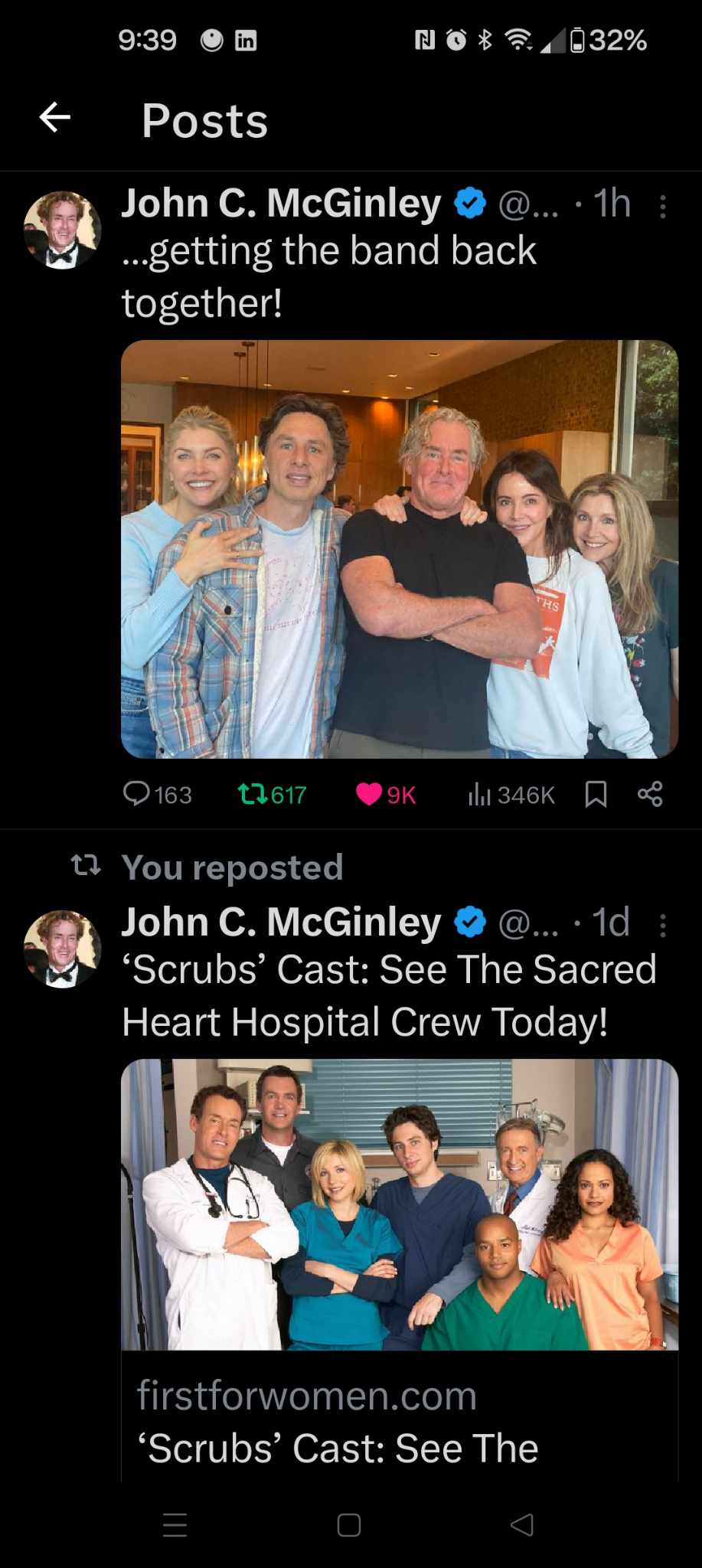
At the heart of the show was the bromance between JD (played by Zach Braff) and Turk (played by Donald Faison), whose antics and deep bond served as the emotional anchor for the series. Their dynamic, along with the sage wisdom (and relentless sarcasm) of Dr. Cox, provided viewers with memorable moments that have stood the test of time.
As we eagerly await more news about the Scrubs reunion project, one thing is for sure: it’s time to dust off those old DVDs, rewatch our favorite episodes, and get ready to welcome back our favorite gang of doctors, nurses, and janitors for what promises to be a memorable reunion.
But Scrubs was more than just its main characters. The supporting cast, including the eccentric Janitor (played by Neil Flynn), the neurotic Elliot (played by Sarah Chalke), and the wise-cracking nurse Carla (played by Judy Reyes), each brought their own unique flavor to the show, creating a rich tapestry of characters that fans grew to love.
While the photo shared by McGinley has fueled speculation about what the reunion project might entail, whether it’s a one-off special, a new season, or something else entirely, one thing is certain: fans are eagerly awaiting any opportunity to dive back into the world of Sacred Heart Hospital.
In an age where reboots and revivals are commonplace, Scrubs stands out as a series that has the potential to recapture the magic that made it a fan favorite in the first place. With its blend of humor, heart, and unforgettable characters, a reunion project has the opportunity to not only satisfy longtime fans but also introduce a new generation to the joys of life at Sacred Heart.
Events
WonderCon 2024:Day One
Movie
Dune Part Two: The Lisan Al Gaib comes for you!

Welcome back to our struggle for control of the known universe already in progress, the continuation of the journey of Paul Atreides from exile to Emperor, Dune Part Two!
So when we last left our intrepid if dubious heroes, House Atreides had been betrayed and virtually destroyed, by a combination of House Harkonnens surprise attacks and the added treachery of Emperor Shaddam and his Sardaukar. Paul Atreides (Timothee Chalamet), the last surviving heir (so far) of House Atreides and his mother Jessica, have taken refuge on the desert planet of Arrakis amongst the indigenous Fremen, and as far as most are aware, the other remnants of House Atreides are dead as well. And here is where we catch up with everyone, as the struggle for Atreides emergence and dominance begins in earnest!
The Emperor’s daughter Princess Irulan (Florence Pugh) is known for her many skills, but her copious note-taking and writings on the large events shaping her world come to the forefront as she takes counsel with her father amidst games of chance on their homeworld. Her life is one of luxury and privilege but alas, Irulan is a trained Bene Gesserit and is well aware that in all likelihood, she will be used as a pawn in the marriage games empires have to go through. Bet she never imagined it could be to a House everyone swore had been utterly destroyed.
Meanwhile, on Arrakis, Paul is trying to integrate himself into the Fremen way of life, which is admittedly far different from the life he led back on the Atreides homeworld of Caladan. (If nothing else, Caladan has vast oceans.) The Fremen are fiercely independent, gloriously strong fighters, survivors who dare to ride and revere the giant sandworms that inhabit their planet that they call Shai-Hulud, and rightfully distrustful of outsiders. After all, the previous stewardship of Arrakis belonged to House Harkonnen, known for their cruelty and glee at hunting Fremen and torturing their victims, sometimes for weeks at a time. But Paul won his and Jessicas way into the Fremen by fair combat against Jamis, and if nothing else, the Fremen are firm in their beliefs of the old ways.
Or rather, the elder Fremen are, most particularly the famed Fedaykin fighter and Naib (leader) of Sietch Tabr Stilgar (Javier Bardem) is adamant in his unshakable belief that Paul is the foretold Lisan Al Gaib, the Voice from the Outer World, that will lead the Fremen to peace and paradise. Stilgar’s steadfast belief in Paul’s potential only grows, and he manages with just that to convince a great many of the other Fremen elders. The younger generation of Fremen however, of which Paul’s beloved Chani (Zendaya) is a part, generally scoff at the legends of otherworldly prophets and Arrakis as a fabled green, wet heaven. In the beginning, Paul himself swears he doesn’t want to be the Messiah, only a Fremen fighter amongst the rest of them, hundreds of years of the Missionaria Protectiva, the Bene Gesserit practice of spreading useful religious propaganda as seeds on various planets, is working double-time against him. It doesn’t help that Paul’s mother Jessica (Rebecca Ferguson) is expounding on that myth as much as she possibly can.
And why would she do that? Survival yes, but also, Jessica is a thoroughly trained Bene Gesserit and knows of plans within plans within plans. Jessica also has many secrets of her own, and one very important one happens to be that she’s pregnant with Paul’s sister. The Bene Gesserit bodily control may be something out of legend, but even Jessica, possibly Reverend Mother Mohiam’s best and most fractious student, will have trouble with the trial the Fremen are insisting she go through to become truly one of them. The Reverend Mother equivalent of Sietch Tabr, known as their Sayyadina, is old and dying, and the Fremen have to have a Reverend Mother. Jessica tells Paul this much and explains that each culture is different in their trial to become a Reverend Mother, so she honestly doesn’t know what to expect. The reality happens to be worse than she could’ve imagined – Jessica must drink the Water of Life, a deadly poison that comes from Shai-Hulud (sort of), and come out the other side of it. And Jessica manages to do it, barely, with almost all of the consequences going to the poor fetus in her womb, the girl that will grow to become Alia Atreides, an insane legend in her own right. But for now, the unnamed fetus is awake and aware and full of the memories of generations of Bene Gesserit women that came before her – before she was even born.
Paul participates in razzia raids amongst the Fremen as they work to take out the spice mining operations of the Harkonnens, immerses himself in the vastly different desert culture of his chosen people, and perhaps most importantly, his romance with his beloved Chani only grows stronger. After declaring his desire to join the fierce fighter elites amongst the Fremen known as Fedaykin, Paul is told by Stilgar that he must summon and ride one of the giant sandworms, the embodiment of Shai-Hulud where the Fremen get their terrible tooth Crysknives from. And after much sendup, in a glorious scene of blinding sand and huge monstrous killer worm-riding, Paul is triumphant and riding atop the sacred creature, his Maker hooks set properly to control the great beast, waving at great distance to his fellow Fremen as Chani looks on in bemusement.
But that’s all external, and inside Paul is beginning to become divided on what he wants to do. As Jessica pushes the Protectiva hard amongst the women and priestesses of the Fremen, she is also pushing her son to become much larger than he ever wanted to be, if nothing else a conqueror can take revenge for the destruction of House Atreides and the death of her beloved Duke Leto. Paul may have earned his place amongst the Fremen and been given new names – Usul, meaning the strength of the base of the pillar, as his private name within the Sietch; and Muad’Dib, from the small mouse survivor of the desert, well versed in desert ways, called ‘Instructor-of-Boys’ in Fremen legend, as his open-use name – but now everyone wants Paul to be something greater, and potentially more destructive, than what he currently is. It only gets worse when Paul begins to suffer prophetic dreams, and visions when he’s awake, prodding him further to his destiny as an epic conqueror of worlds. Nothing can be done for it, Paul convinces himself that he must take the Water of Life himself, to awaken the sleeping prophet inside himself, and allow him to hopefully See a path through the future.
The problem with that plan, is that Bene Gesserit are almost exclusively all women, and only they are supposed to know how to transmute poisons internally, along with all sorts of other “witchcraft”. But Jessica has been training Paul in forbidden Bene Gesserit ways all his life, and as much as Paul might rail and even quail against it, there is no denying his incoming destiny, crushing any resistance he may have with all the force of a giant sandworm hunting a spice blow. And even when Paul has finally given in and taken the cursed substance almost mockingly called the Water of Life, it falls to another strong and prophetic in her right female in his life, his beloved Chani, to save him from himself. But even Chani can’t stop Paul’s destructive destiny as the conqueror of the known worlds, guilty of slaying millions upon millions of people in his quest for vengeance, thinly disguised as peace.
Over on the Harkonnen homeworld of Geidi Prime, “Beast” Rabban (Dave Bautista) is disgusted and enraged at the continuing Fremen raids against the Harkonnens on Arrakis, and terrified of what his uncle the notoriously cruel Baron Harkonnen (Stellan Skarsgard), will do to him in response. The Baron’s nephew Feyd-Rautha (Austin Butler), heir apparent or na-Baron to House Harkonnen, demonstrates his blood-inborn savagery in a slaughter of the remnants of House Atreides gladiator-style, as his birthday celebration. Pleased with the spectacle, the Baron commands Feyd-Rautha to take control of the fight against this Fremen rebel known as Muad’dib, as Rabban is proving himself more and more useless. And any tool or toy that the Baron finds broken or unusable, is destroyed before being discarded.
As the legend of Muad’dib grows off Arrakis and circulates among the Imperial worlds, the Emperor grinds his teeth in frustration and the Bene Gesserit, led by Reverend Mother Mohiam (Charlotte Rampling) as the Emperor’s Truthsayer, begin pushing forward their plots and machinations. Lady Margot Fenring (Lea Seydoux), a criminally underused character in this respect, demonstrates her willingness to be a pawn in Bene Gesserit machinations, but never forget, strong Bene Gesserit women have been breaking their own rules for generations. Just look at what Jessica did.
As the raids and rebellion on Arrakis continue, both the Emperor and the Baron become more and more desperate, sending in mercenaries and smugglers in the hopes they might have more luck. And aboard one of those smuggler’s vessels happens to be an old hand at being a smuggler himself, the warrior troubadour with the scarred face given him by “Beast” Rabban himself, Gurney Halleck (Josh Brolin). Reunited with his beloved Duke’s only son, Gurney finds himself swept up in the legend of Muad’dib in the making along with everyone else, though at least from Gurney’s point of view, Paul is using the messianic angle to take revenge for House Atreides.
Finally, in an act of what could be considered the ultimate in arrogance, Emperor Shaddam Corrino himself comes to Arrakis, along with Princess Irulan and many others of his Court, the Baron, and Feyd-Rautha in tow as well, to crush this upstart Muad’dib and his Fremen warriors. Sadly for all that the powerhouse actor Christopher Walken plays him, Emperor Shaddam Corrino is shown as a doddering old man, cowed in the face of Muad’dib’s overwhelming vitality and growing-ever-stronger legend. And there is where we will end the review, for the final confrontation between all key players in the Known Universe is full of spoilers and derivations from the original opus of Frank Herbert’s novel Dune.
For those of you who stuck around long enough to get to the end, after all, Dune Part Two is almost three hours long itself, if you are fans of the original novel and the zany Lynchian masterpiece that was the first Dune film, you may be disappointed or even angered at the changes made to the story for the climactic end scenes. Director Villenuve has an eye for making grand epic scenes like Paul’s sandworm ride but can be a bit scattered when it comes to piecing the story together with all the key players needing to be involved in a way that can be understood by any layman. Dune in any form is a rich, vast universe of storytelling, and even an almost three-hour-long sequel simply can’t cover every last bit that’s in the novels. But if nothing else, the film is an overwhelming feast for the eyes and should bring a whole new legion of fans to the many worlds contained within Dune.
If you want to dive further into the Dune-iverse, do yourself a favor and read the Dune prequel books written by Herbert Jr. and Kevin J. Anderson. Until then, dive into the sands of Arrakis along with Shai-Hulud and scream vengeance to the skies with Paul Muad’dib Atreides in Dune Part Two, in theaters now!


